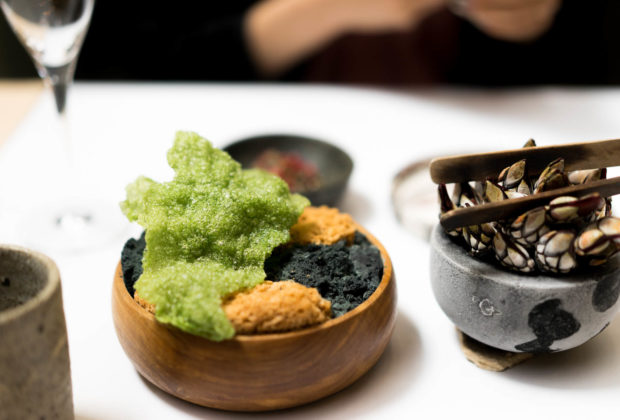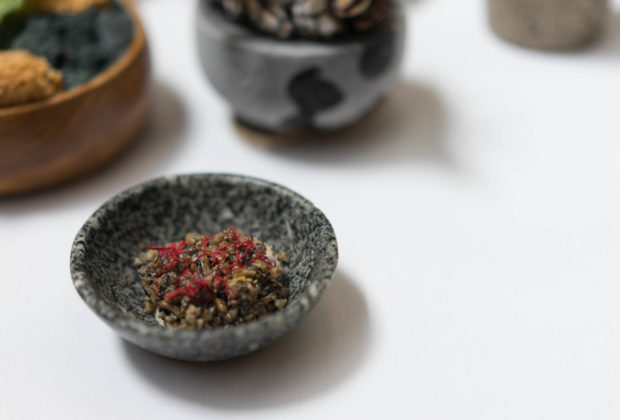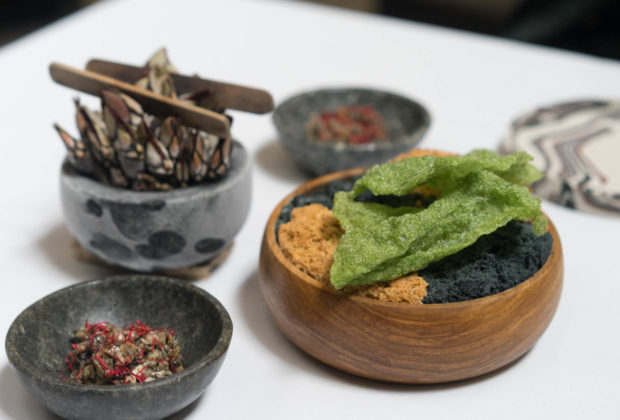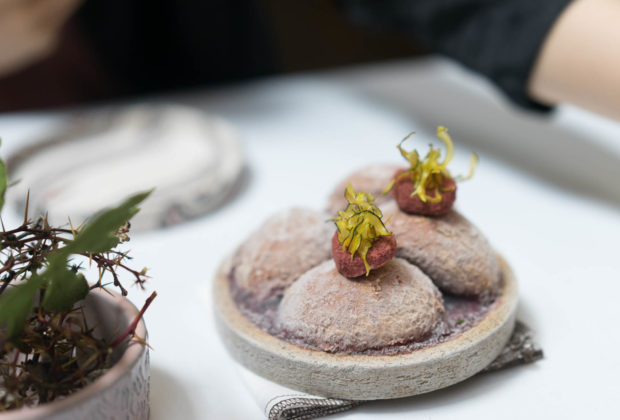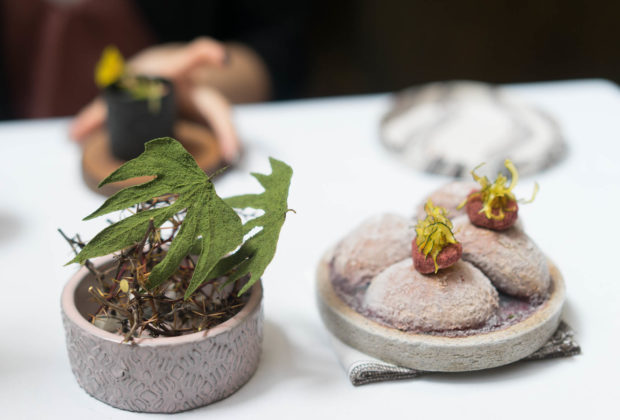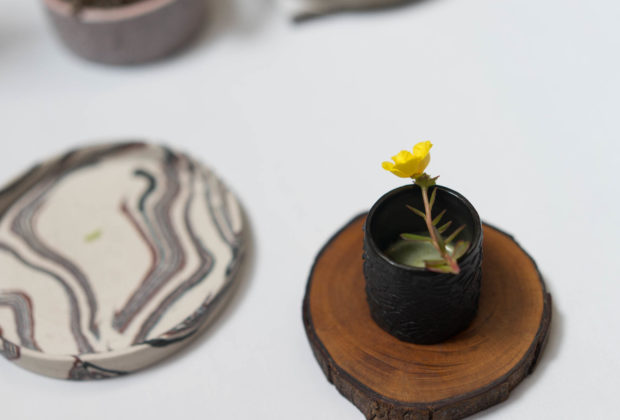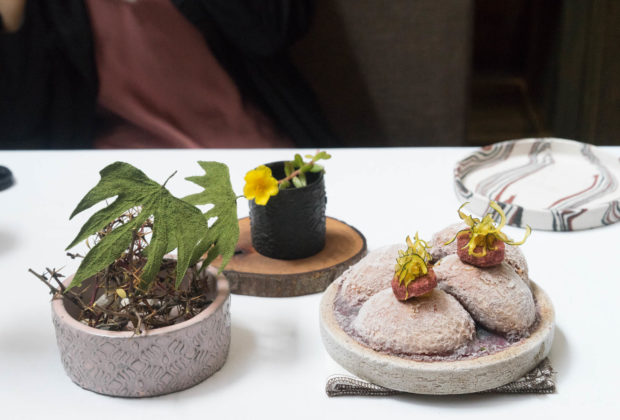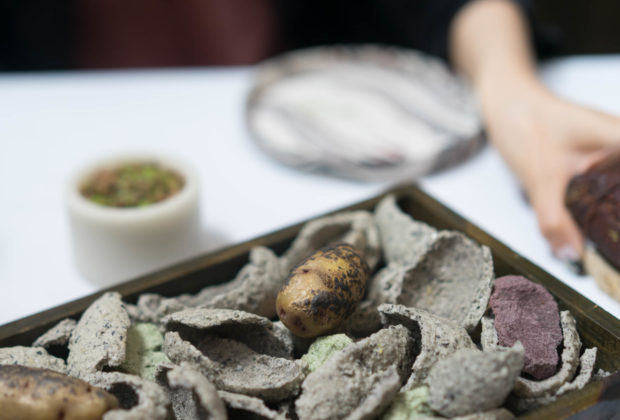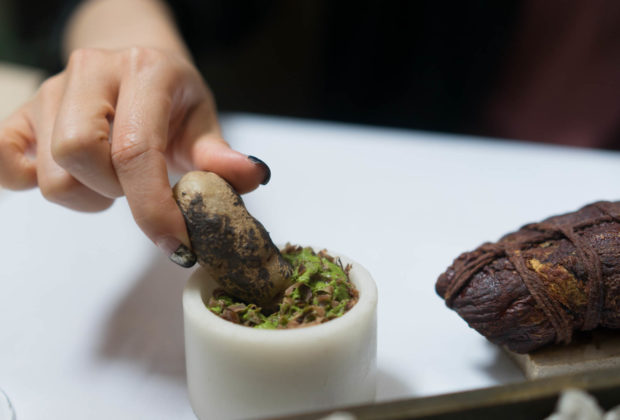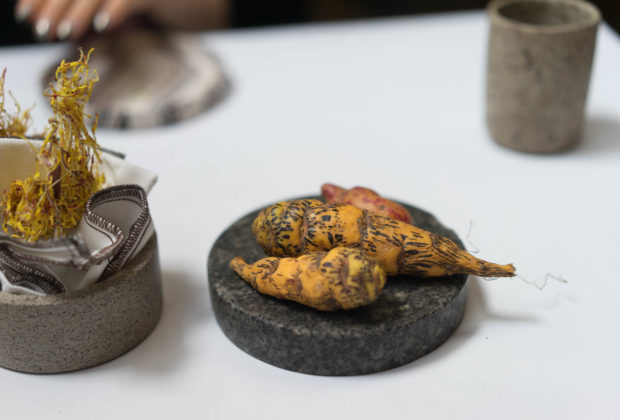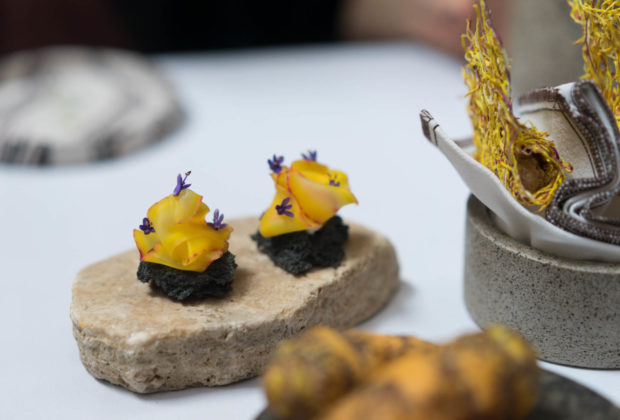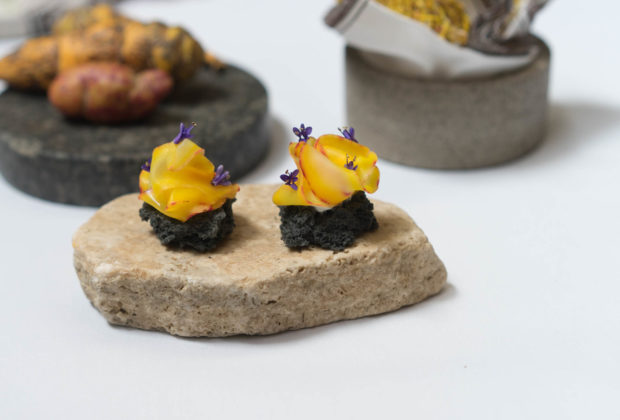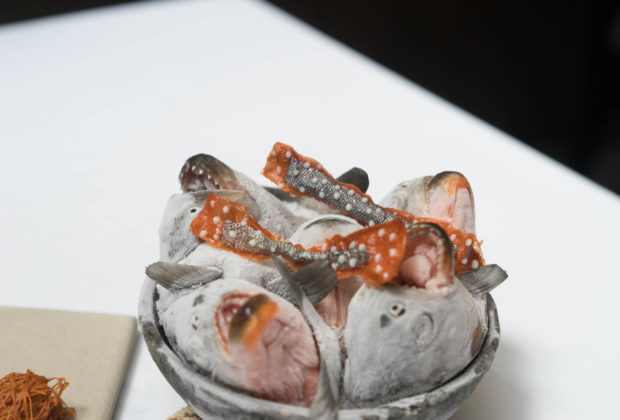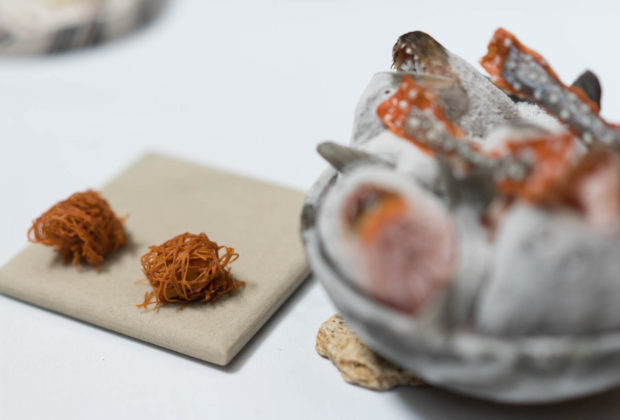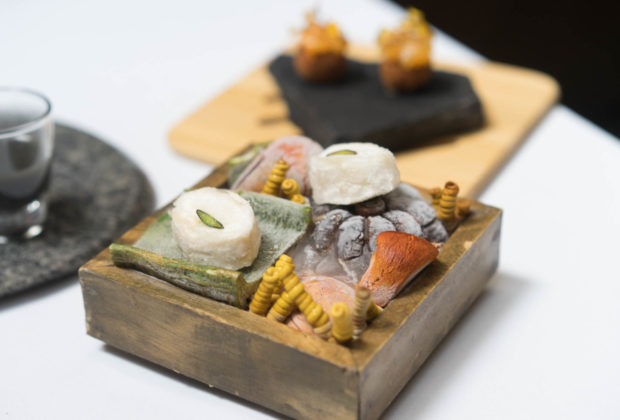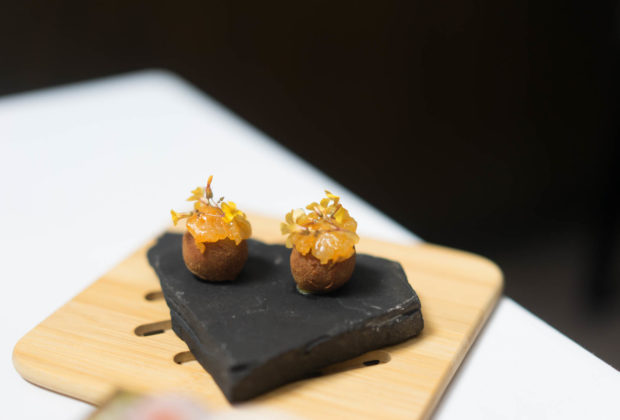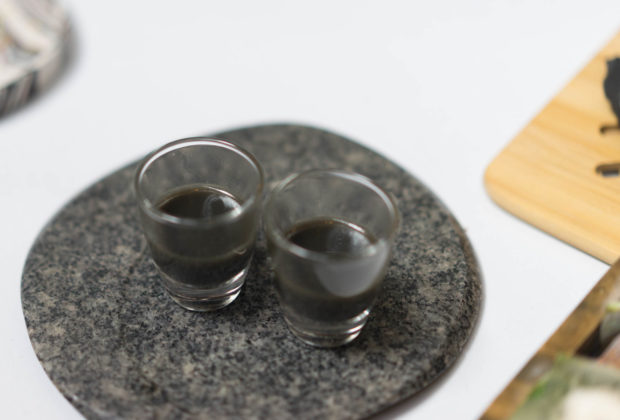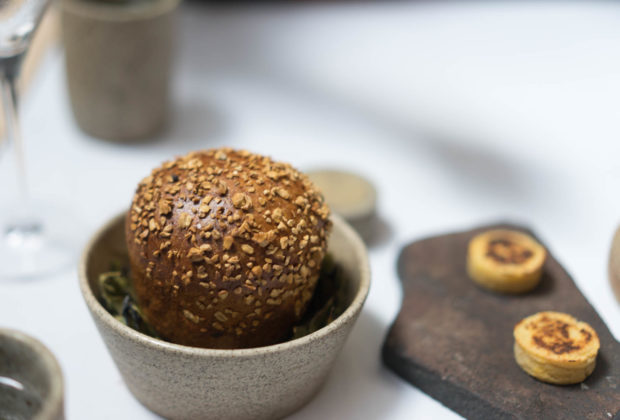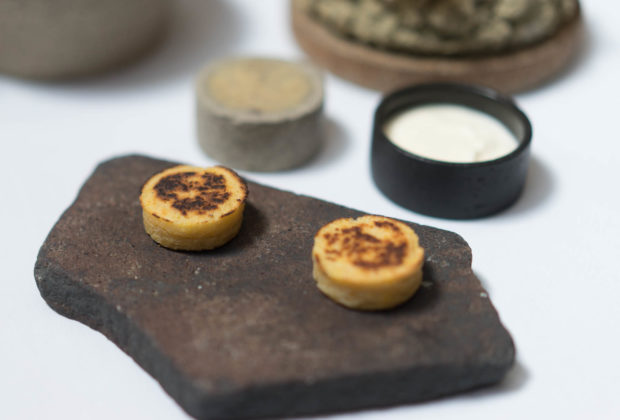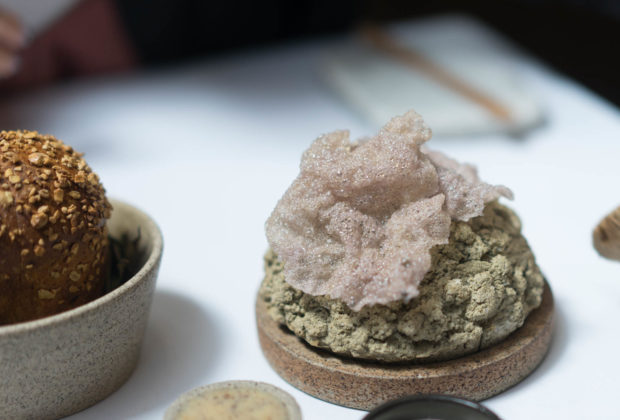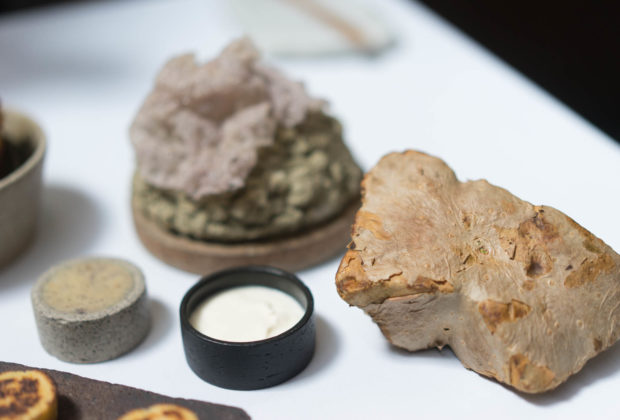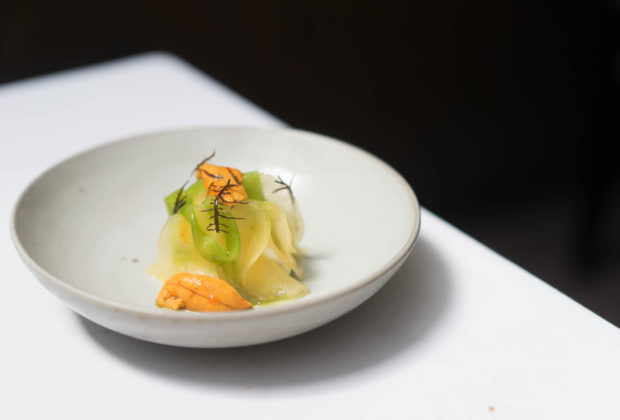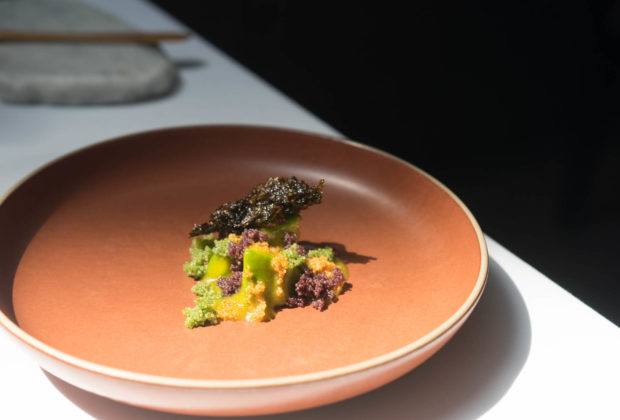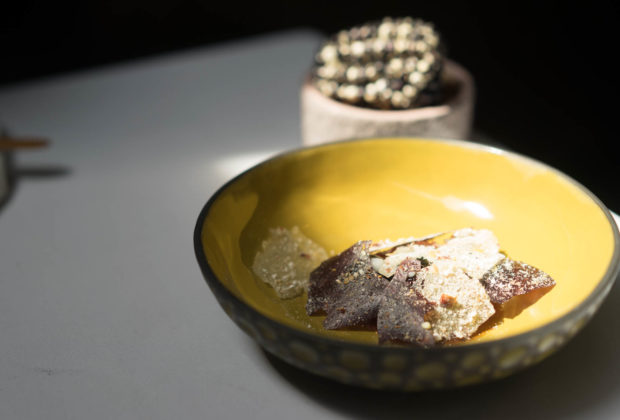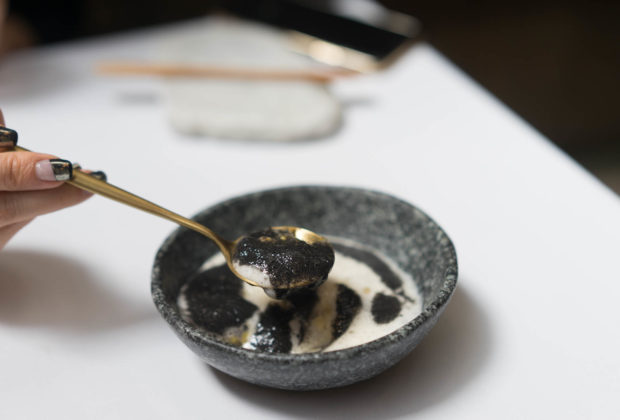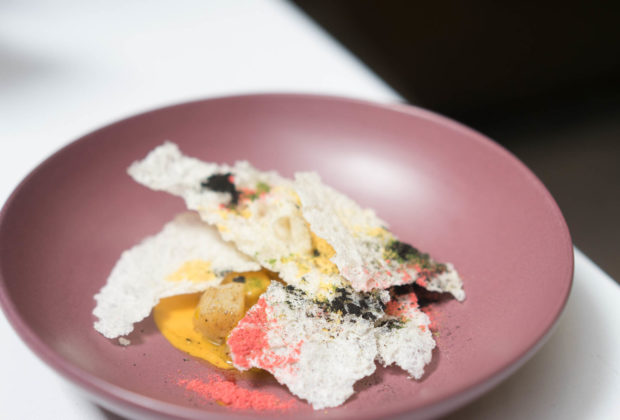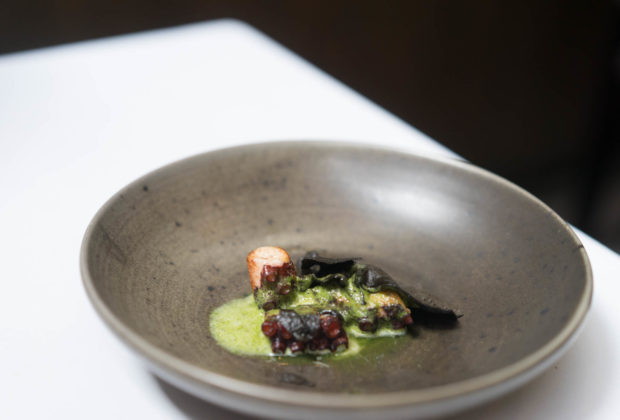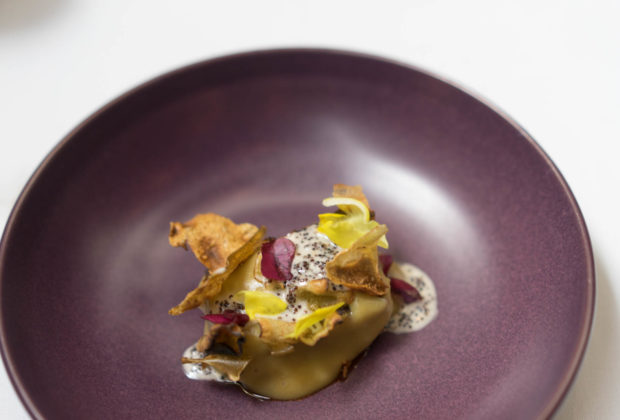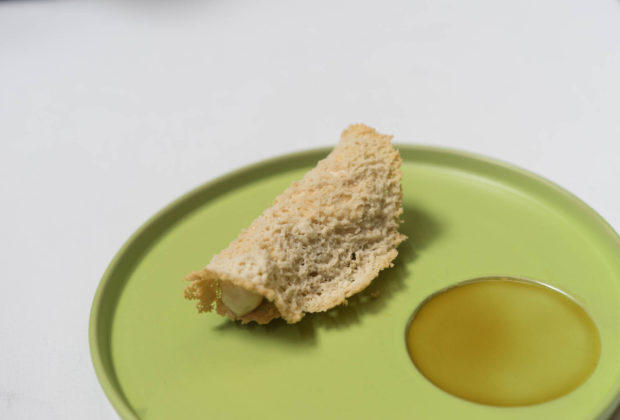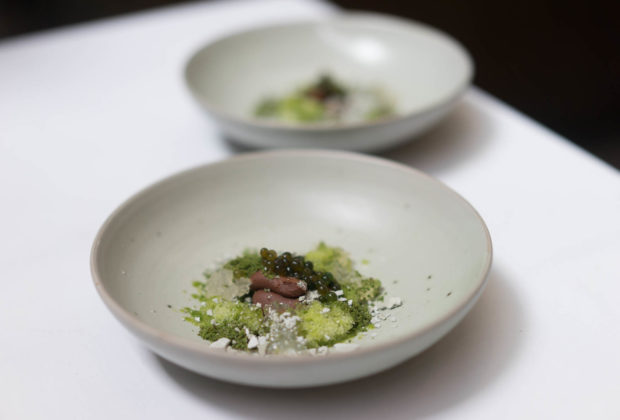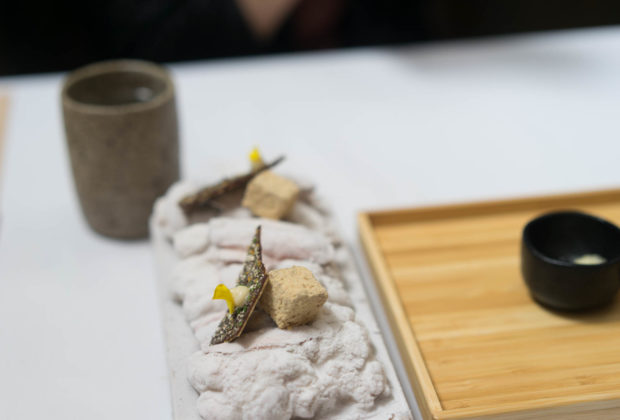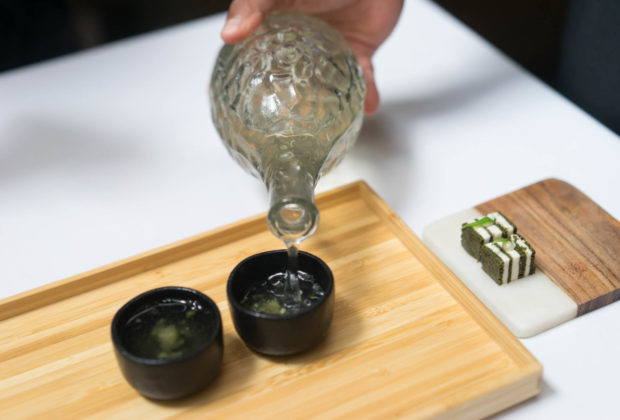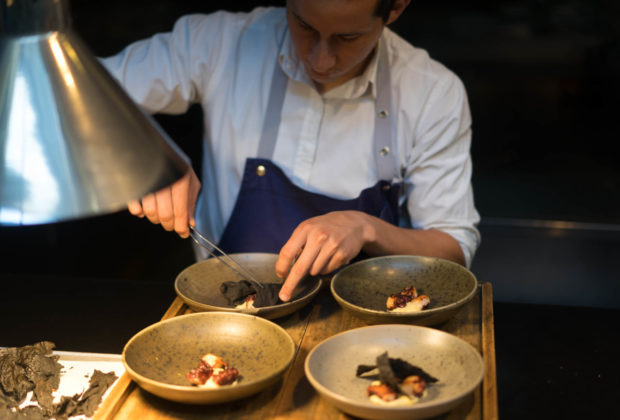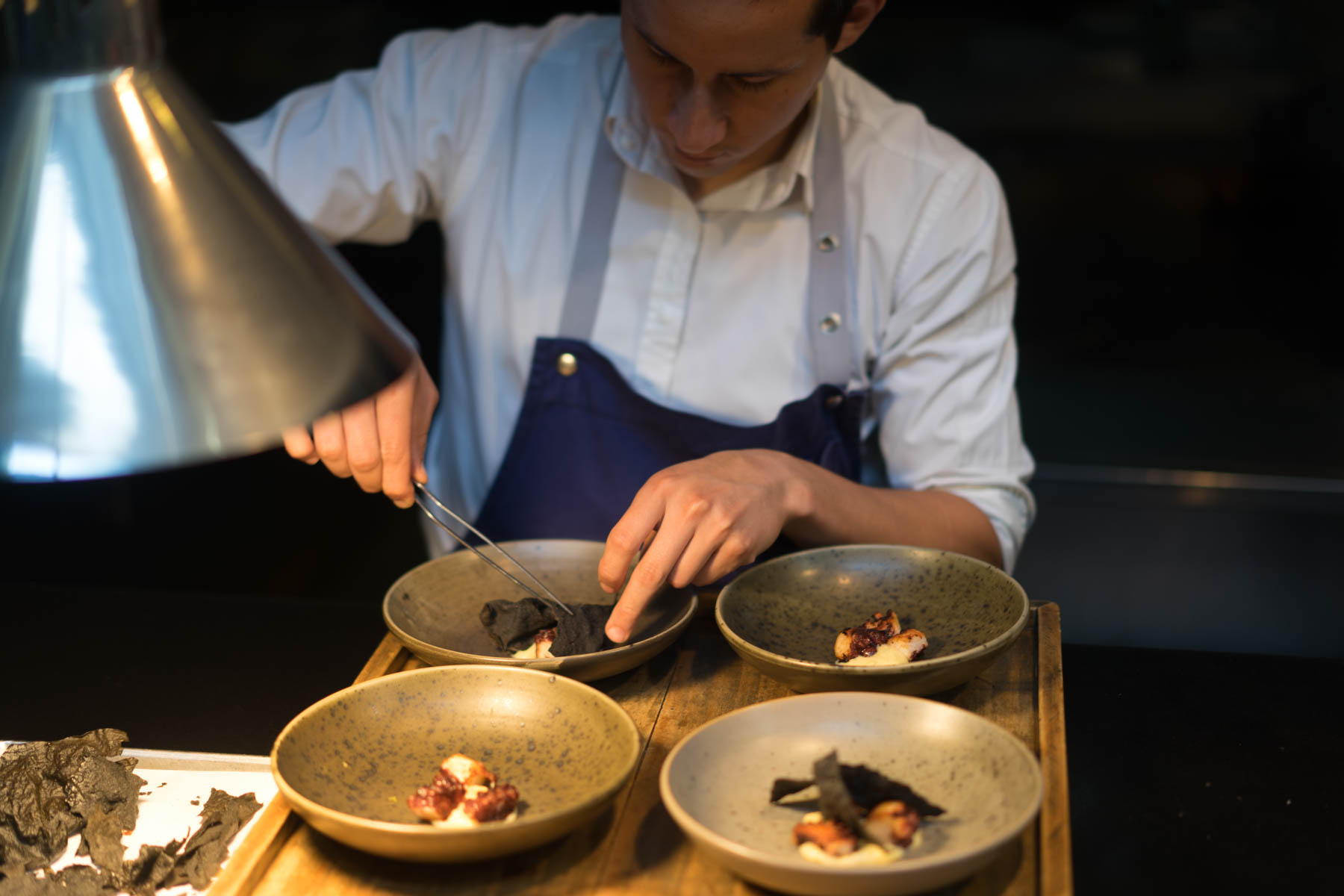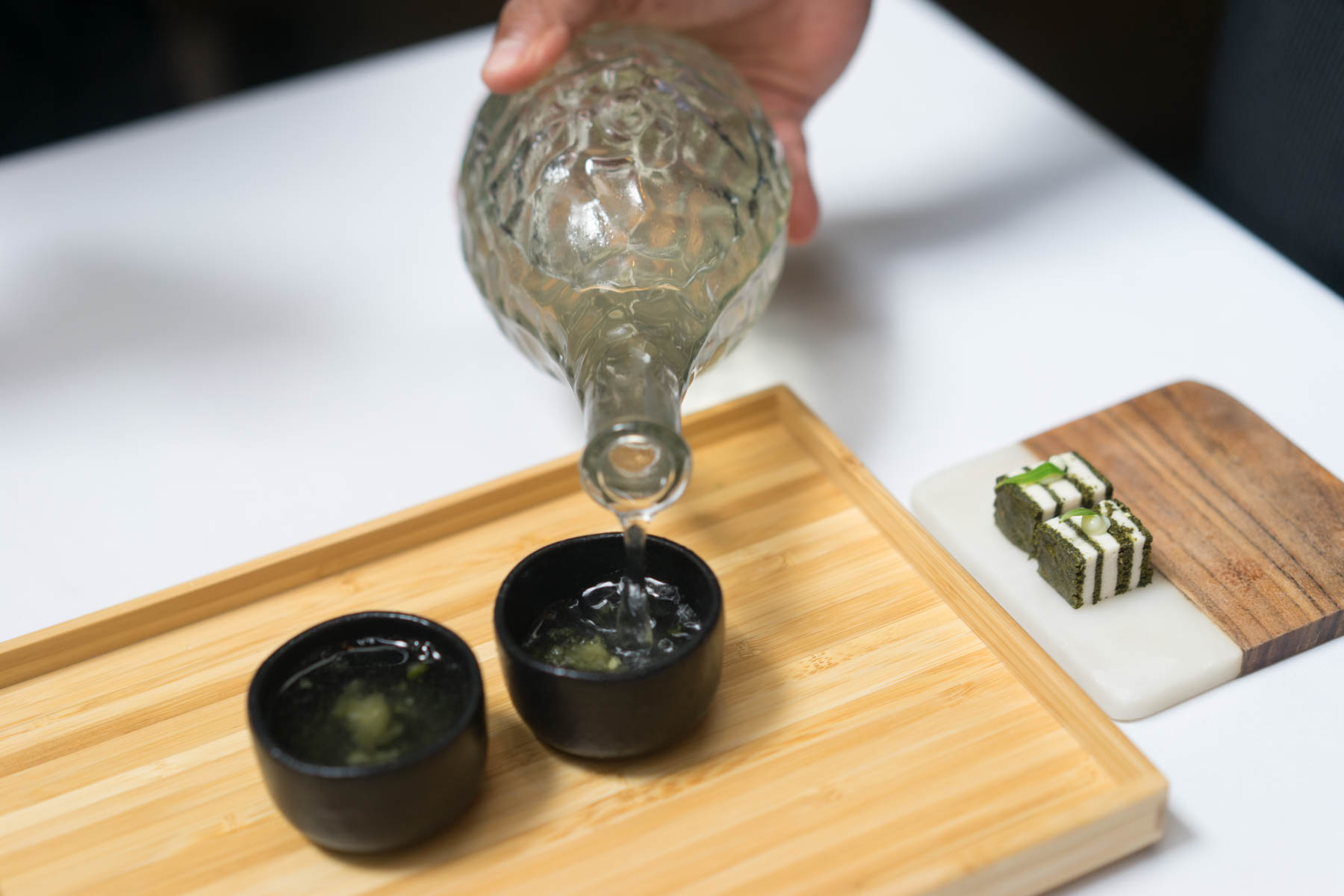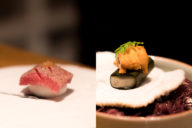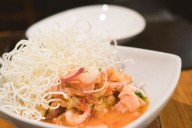If you haven’t been to Peru, put it on your hit list… RN. Peru has been on my radar for a minute, especially after watching Netflix Chef’s Table Season 3 Episode 6 featuring Virgilio Martínez. Virgilio takes the Chef’s Table crew on a journey throughout Peru foraging local ingredients while sharing his story and the inspiration behind his food.
Virgilio’s sister, Malena, and his wife, Pia, also play a major part of Central. Malena is the driving force behind the research sector as well as the creative arm of the restaurant, whereas Pia works closely with Virgilio in the kitchen. Virgilio and his team are constantly pushing innovation and educating the world about Peruvian food and culture. They’ve put Peru on the map, reigning as Latin America’s best restaurant for three consecutive years and the fourth best restaurant in the world. Martinez approaches food in a unique way, leveraging Peru’s expansive ecosystems and altitutdes to create an experience that can be seen as a true Peruvian culinary experience.
Inspired by Peru’s biodiversity, the Master Elevations tasting menu is comprised of ingredients found at different altitudes in multiple regions throughout the country including the Andes, the Amazon, and the sea. Dining at Central was more than a meal, it was a full-on educational experience. Through the 17-courses, I learned about Peru’s geography, culture, and of course the food.
I literally Google’d every ingredient on the menu to try to comprehend what exactly I was eating and learned something new everytime a dish was presented. I tried everything from exotic fruits, vegetables, and herbs that I’ve never heard of along with familiar local ingredients such as sea urchin, clams, and pork belly. Each dish was so thought out and unique.
This is definitely an experience you don’t want to miss!
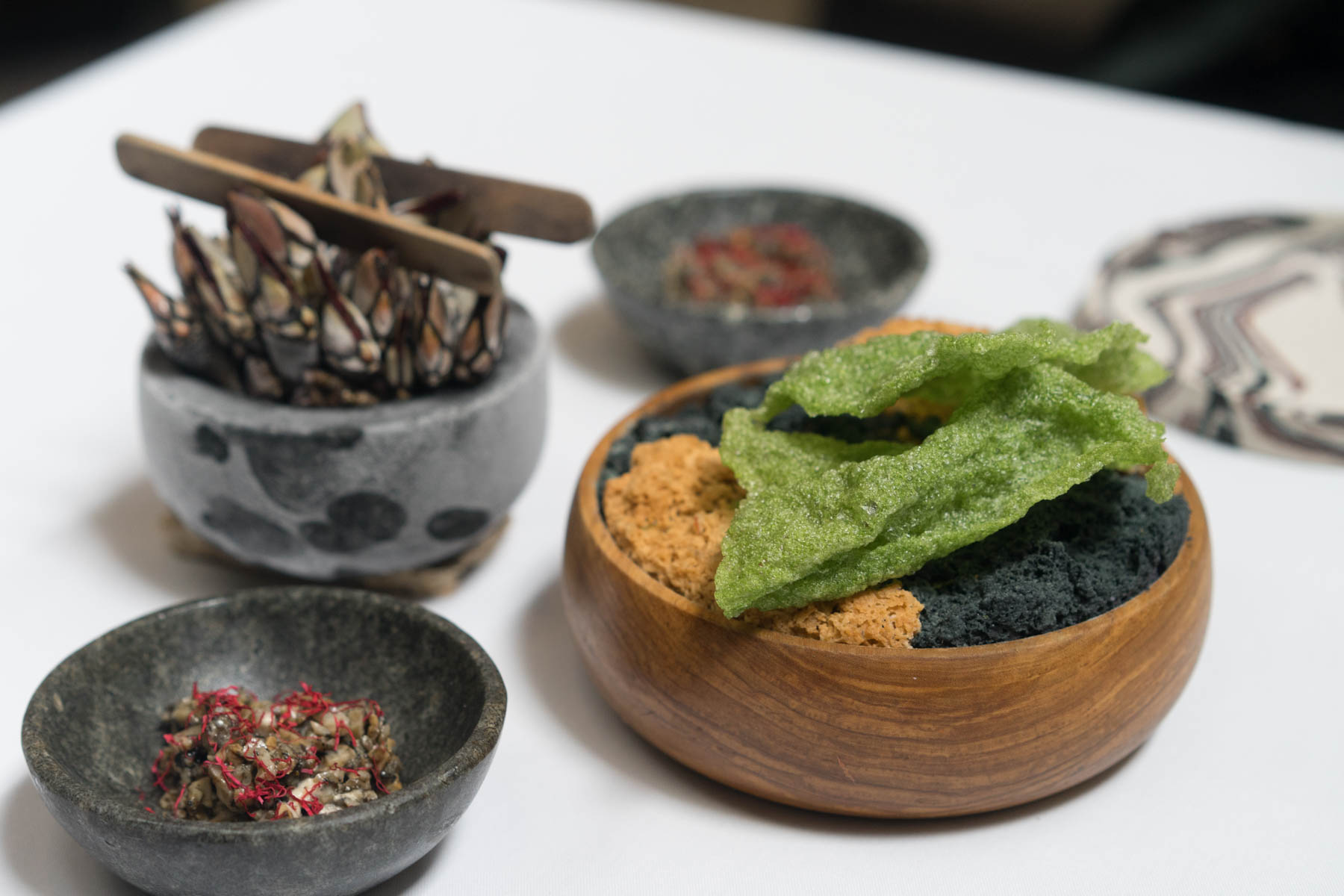 We started from the bottom… at an altitude of -10 meters with the “Rock Molluscs” dish. We were presented with sea snails and mussels tartare served with crispy sargassum seaweed chips. The barnacles were just for display, keeping the wooden spoons in place.
We started from the bottom… at an altitude of -10 meters with the “Rock Molluscs” dish. We were presented with sea snails and mussels tartare served with crispy sargassum seaweed chips. The barnacles were just for display, keeping the wooden spoons in place.
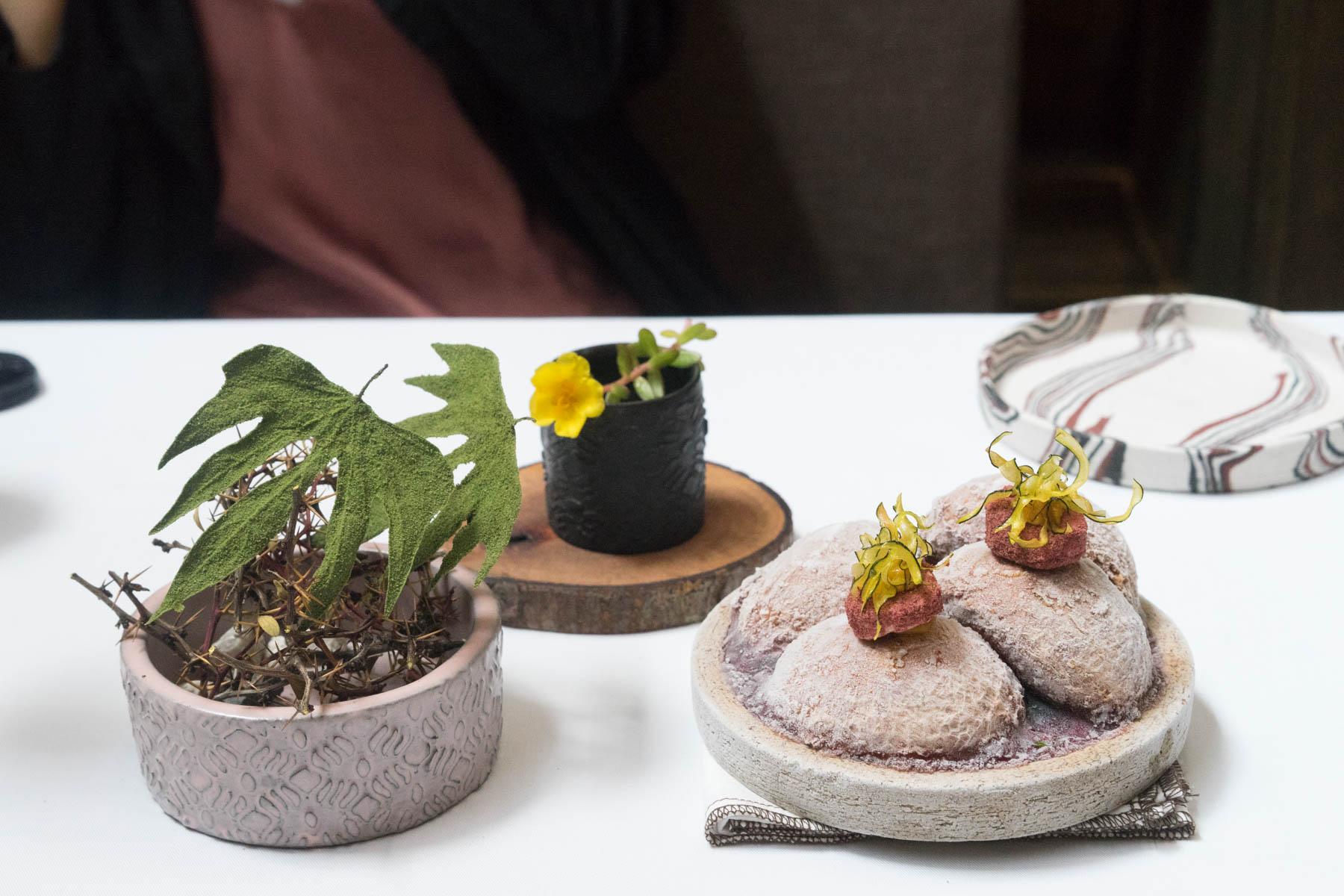 Next, we climbed to an altitude of 180 meters with the “Desert Plants.” This was a three-part dish consisting of cactus bites, crisp sweet potato leaves, and huarango (mesquite tree).
Next, we climbed to an altitude of 180 meters with the “Desert Plants.” This was a three-part dish consisting of cactus bites, crisp sweet potato leaves, and huarango (mesquite tree).
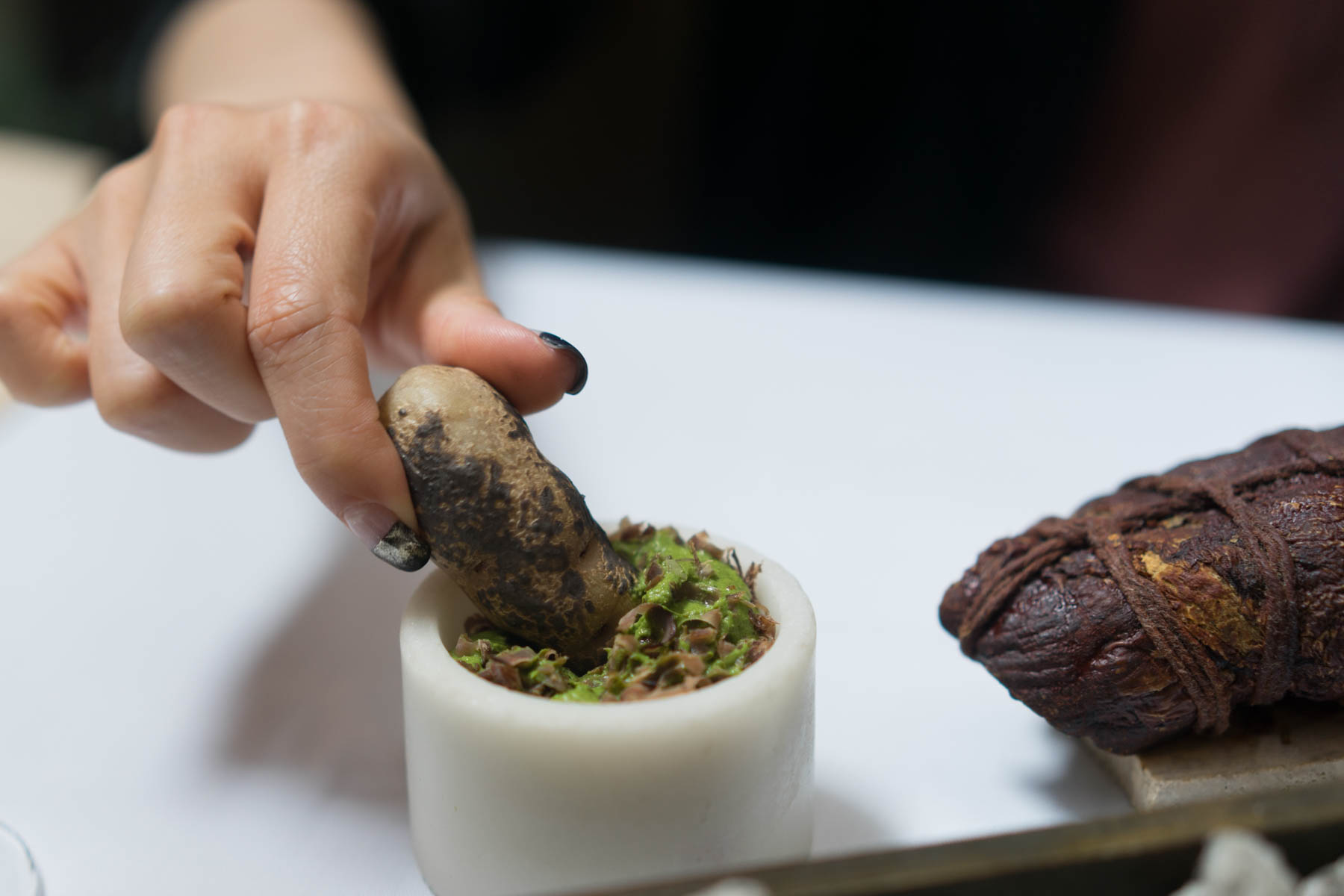 “Mil Moray” at 3,500 meters consisted of potatoes cooked in a Maras salt crust served with a tree tomato and muña (Peruvian mint) dipping sauce topped with shaved dehydrated alpaca heart.
“Mil Moray” at 3,500 meters consisted of potatoes cooked in a Maras salt crust served with a tree tomato and muña (Peruvian mint) dipping sauce topped with shaved dehydrated alpaca heart.
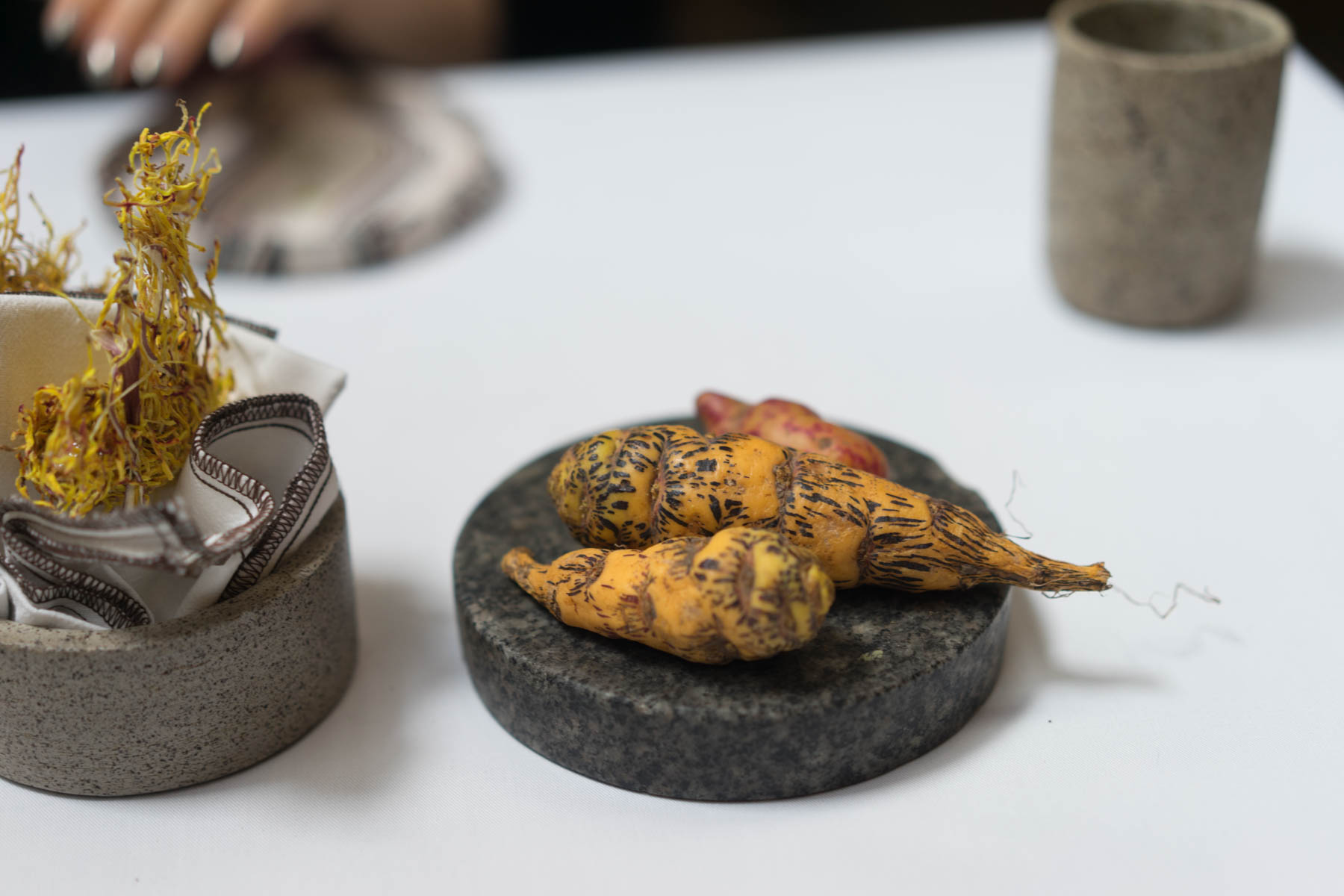 At 3,400 meters, we had a two-part “Thick Stems” dish was presented. This dish focused on olluco tubers which are widely grown root crops (second to the potato) in the Andean region. These tubers are known to contain high levels of protein, calcium, and carotene. They brought out an example of what the tubers look like in their raw form and made two dishes using the root vegetable.
At 3,400 meters, we had a two-part “Thick Stems” dish was presented. This dish focused on olluco tubers which are widely grown root crops (second to the potato) in the Andean region. These tubers are known to contain high levels of protein, calcium, and carotene. They brought out an example of what the tubers look like in their raw form and made two dishes using the root vegetable.
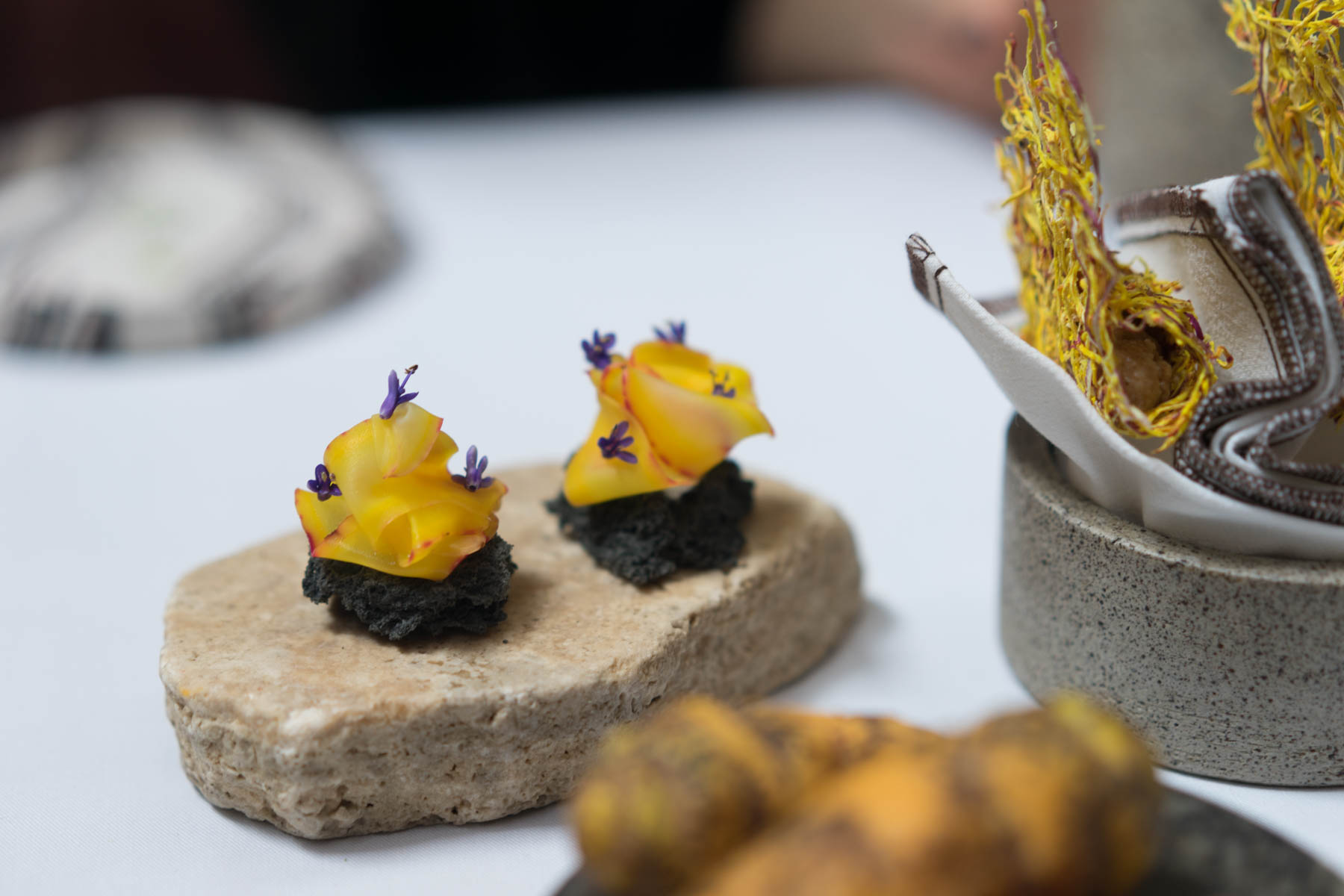 First, a crispy olluco fritter stuffed with olluco butter, onion, and field mustard. Next, black olluco mash topped with olluco cooked in salt.
First, a crispy olluco fritter stuffed with olluco butter, onion, and field mustard. Next, black olluco mash topped with olluco cooked in salt.
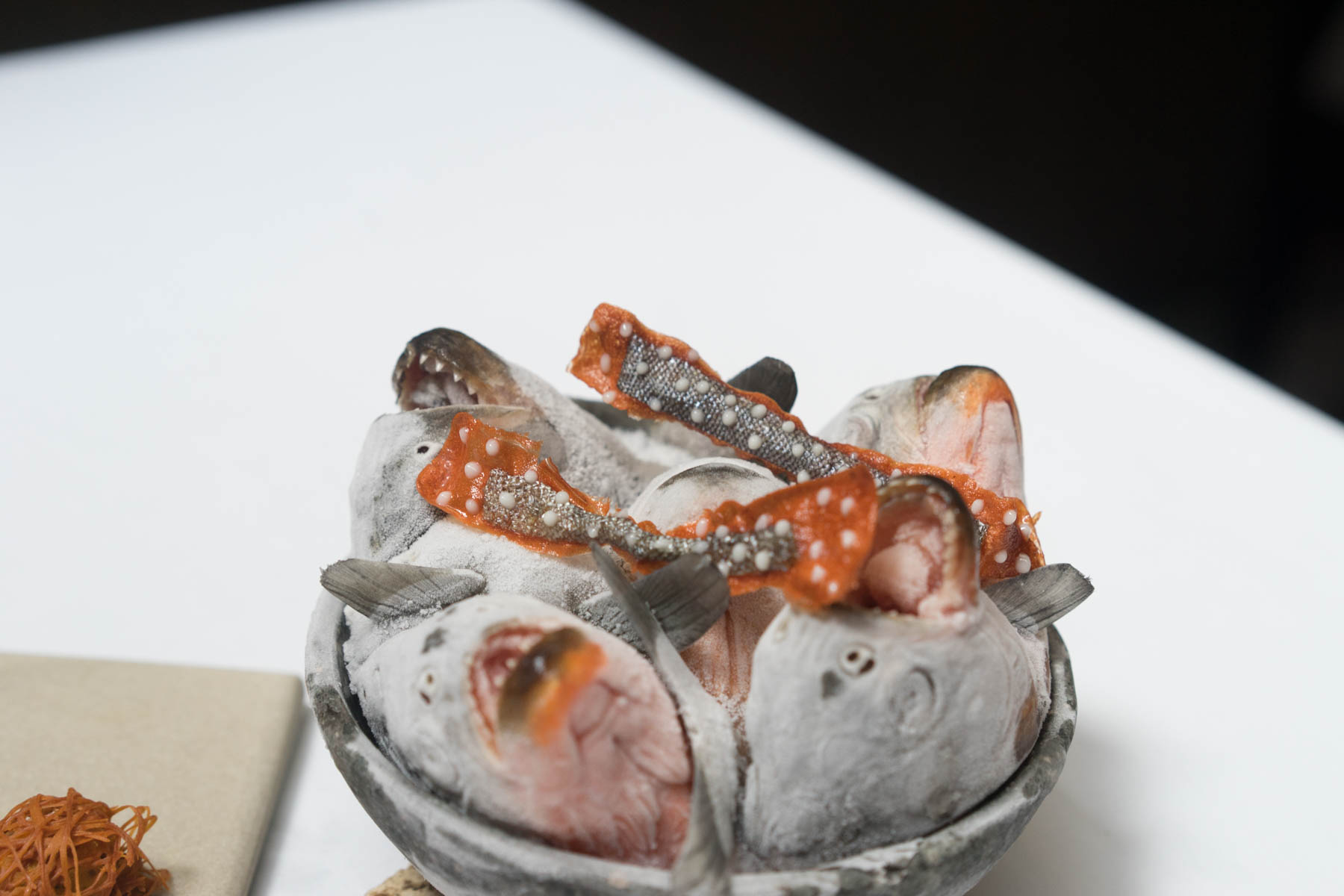 Going back down to “The Waters of Nanay” at 450 meters, this dish began with crispy piranha skin followed by crunchy piranha bites with cocona and achiote.
Going back down to “The Waters of Nanay” at 450 meters, this dish began with crispy piranha skin followed by crunchy piranha bites with cocona and achiote.
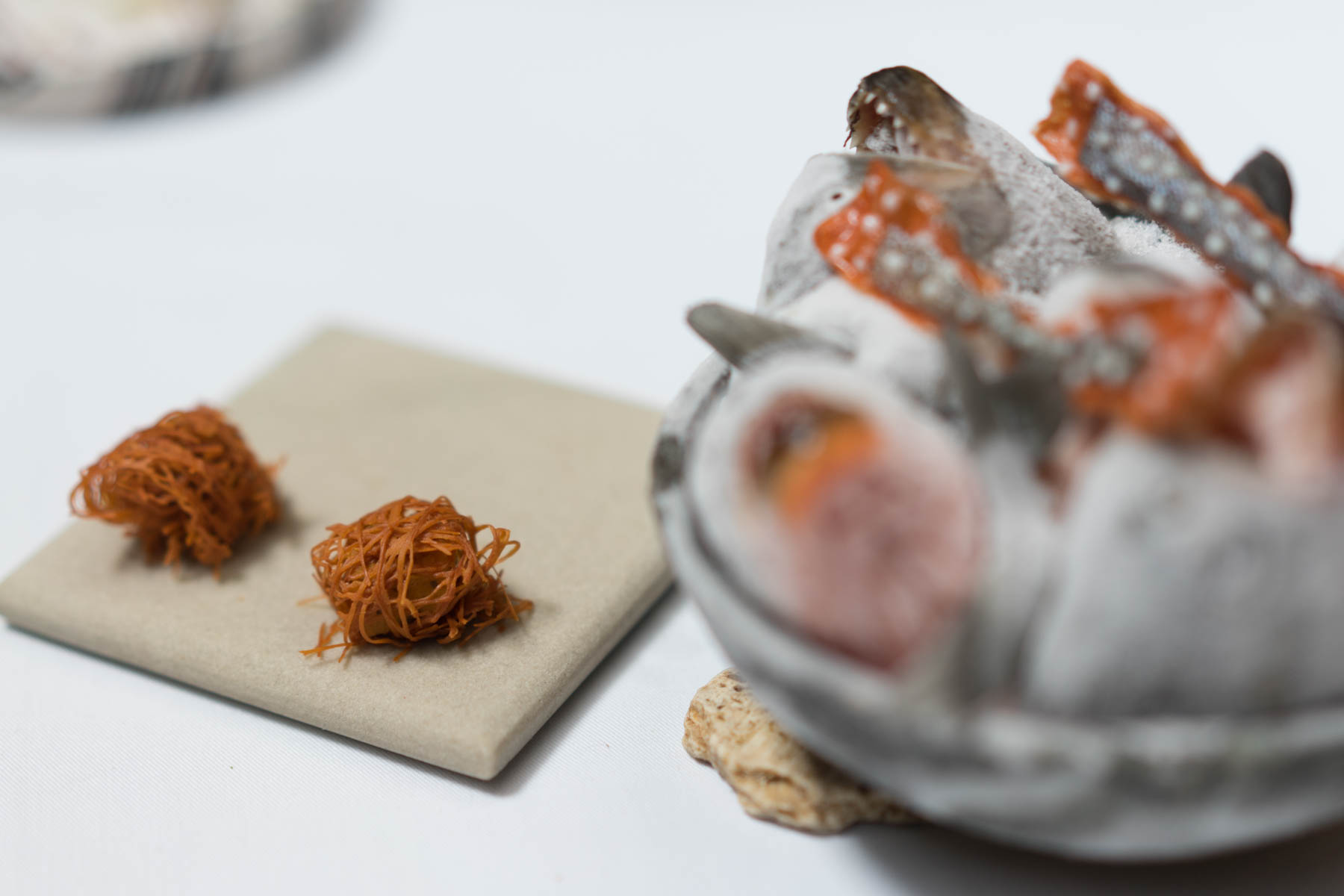 Cocona is a tropical fruit from the Amazon region with a flavor that is usually described as a cross between a tomato and a lemon. Achiote is a spice made of ground achiote seeds that has a slightly peppery flavor with a hint of nutmeg. It also happens to be a superfood that can be used to fight prostate cancer. The piranhas are from the Nanay River which connects to the Amazon River.
Cocona is a tropical fruit from the Amazon region with a flavor that is usually described as a cross between a tomato and a lemon. Achiote is a spice made of ground achiote seeds that has a slightly peppery flavor with a hint of nutmeg. It also happens to be a superfood that can be used to fight prostate cancer. The piranhas are from the Nanay River which connects to the Amazon River.
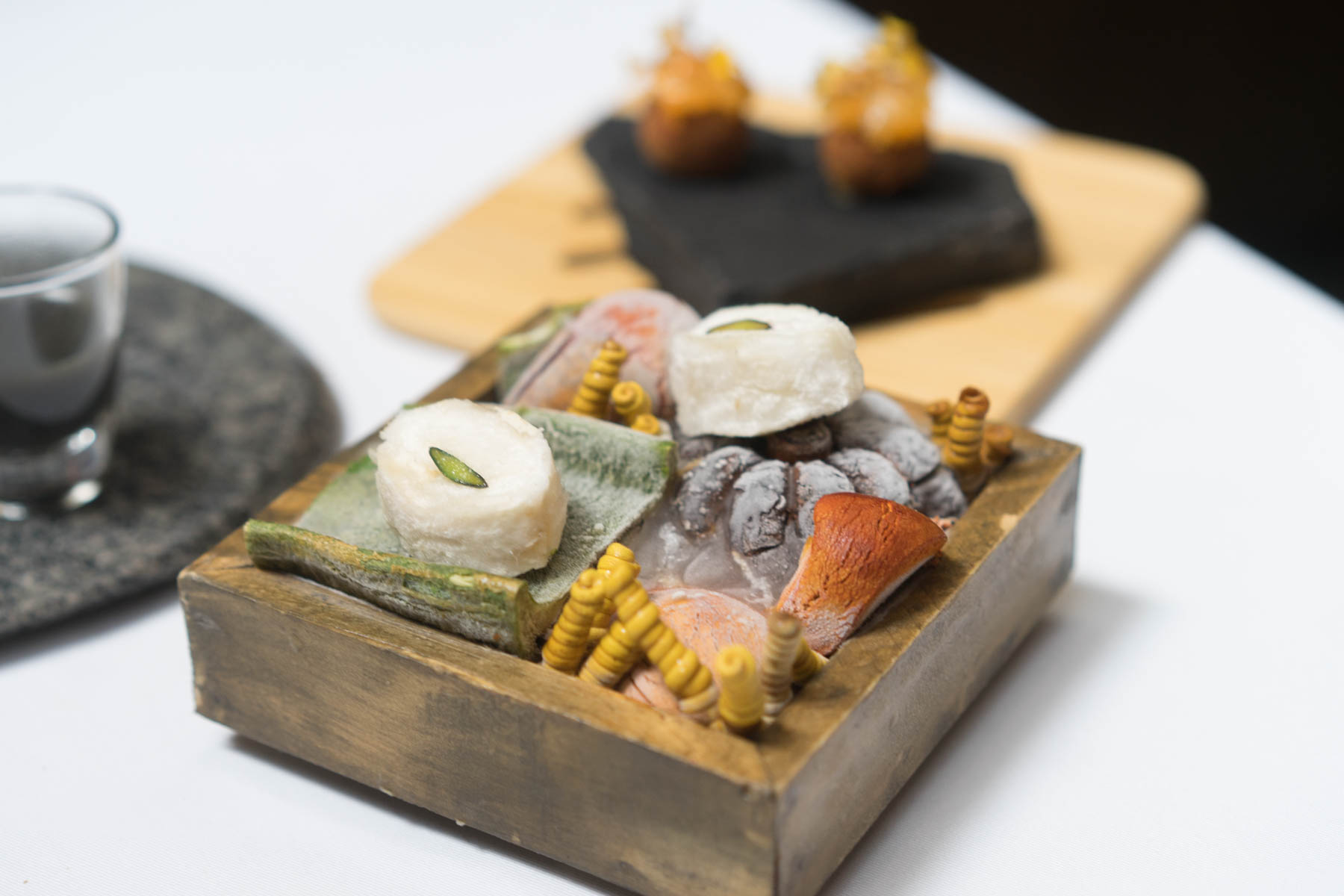 Next, the “Forrest Cotton” at 300M. This was another 3-part dish that started with pacae fruit (aka ice cream beans), known for its sweet flavor and smooth texture.
Next, the “Forrest Cotton” at 300M. This was another 3-part dish that started with pacae fruit (aka ice cream beans), known for its sweet flavor and smooth texture.
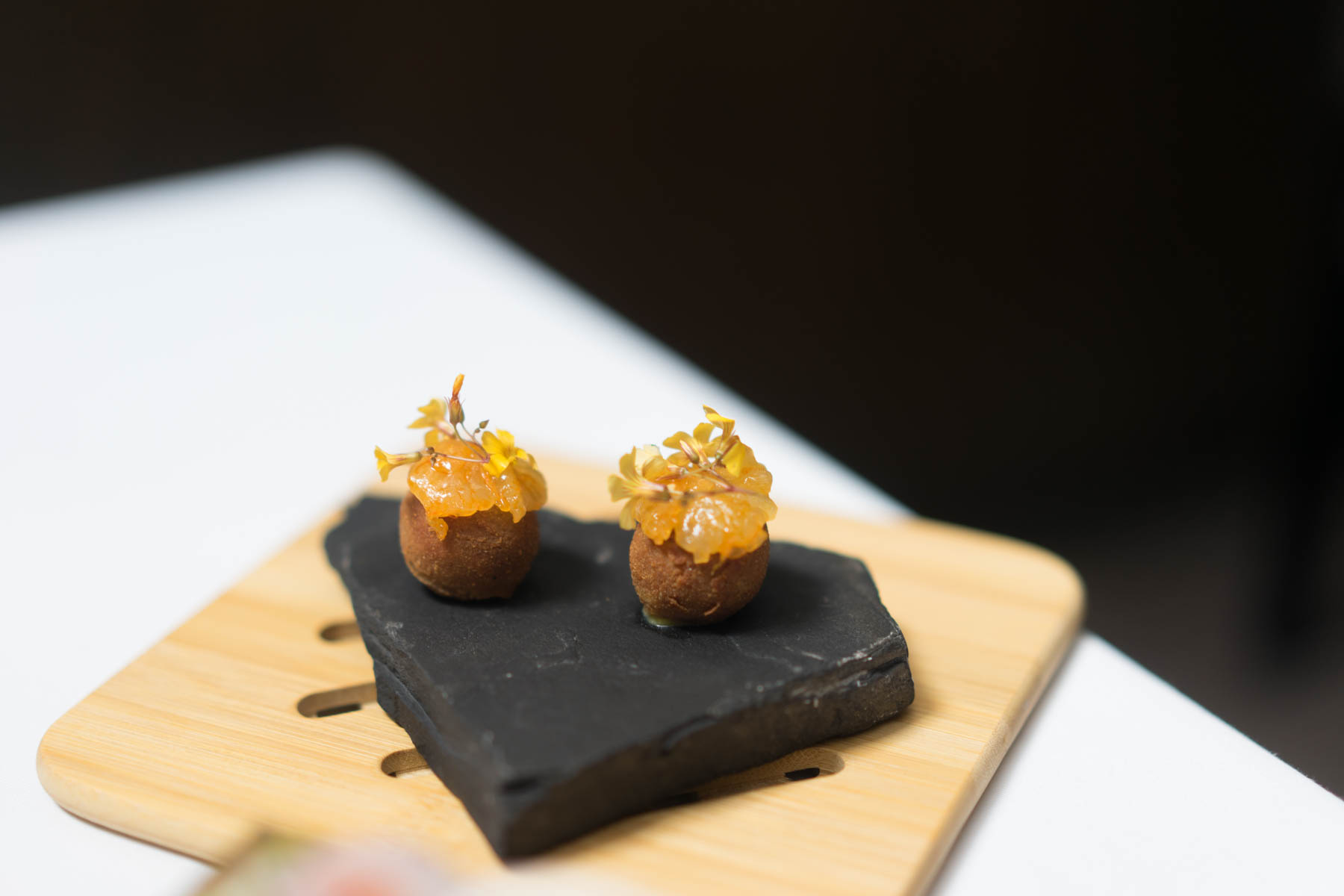 This was accompanied by a river shrimp and llanten (a medicinal plant) ball followed by a shot of dark grey huito fruit juice.
This was accompanied by a river shrimp and llanten (a medicinal plant) ball followed by a shot of dark grey huito fruit juice.
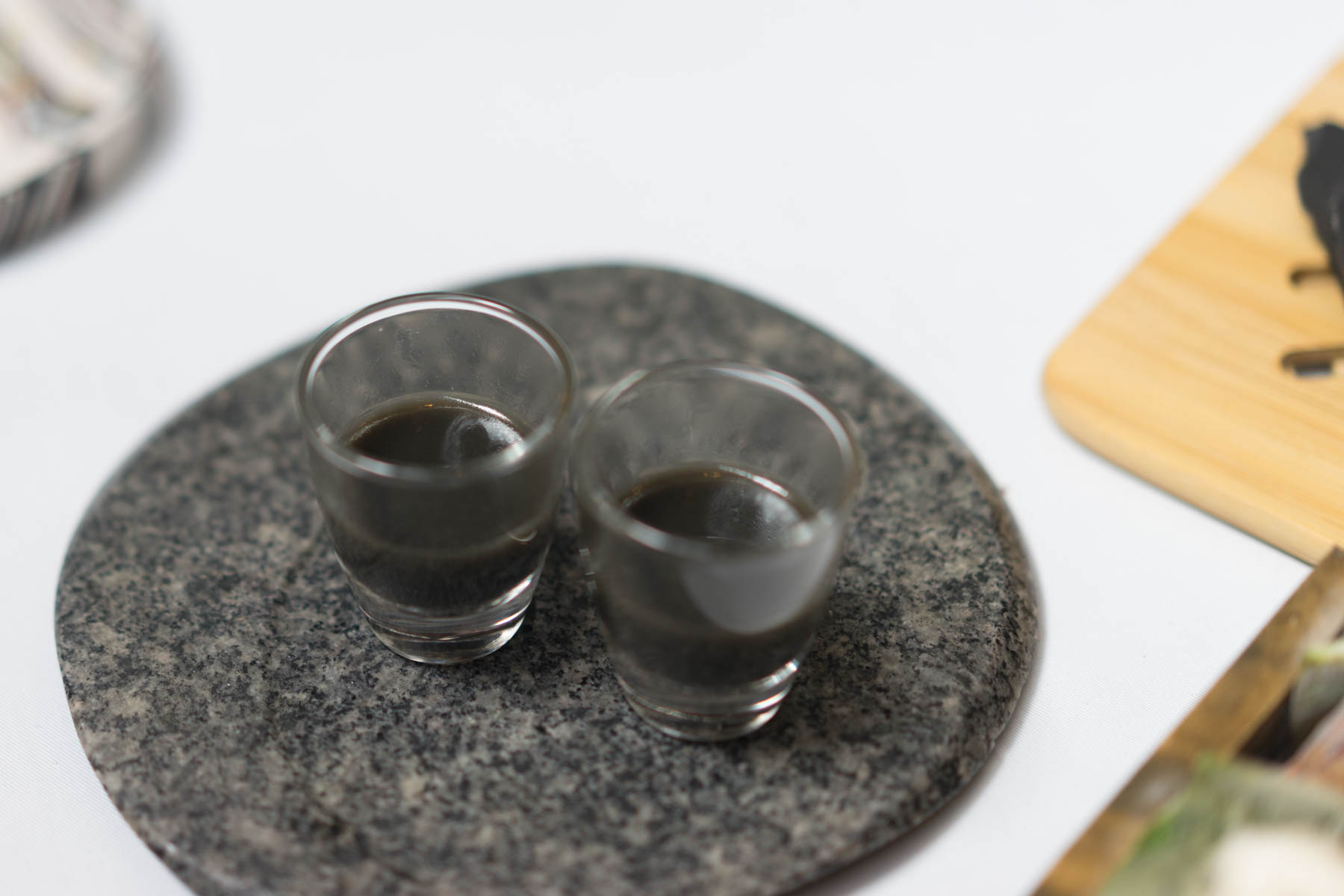 Huito is another medicinal fruit used for treating respiratory problems.
Huito is another medicinal fruit used for treating respiratory problems.
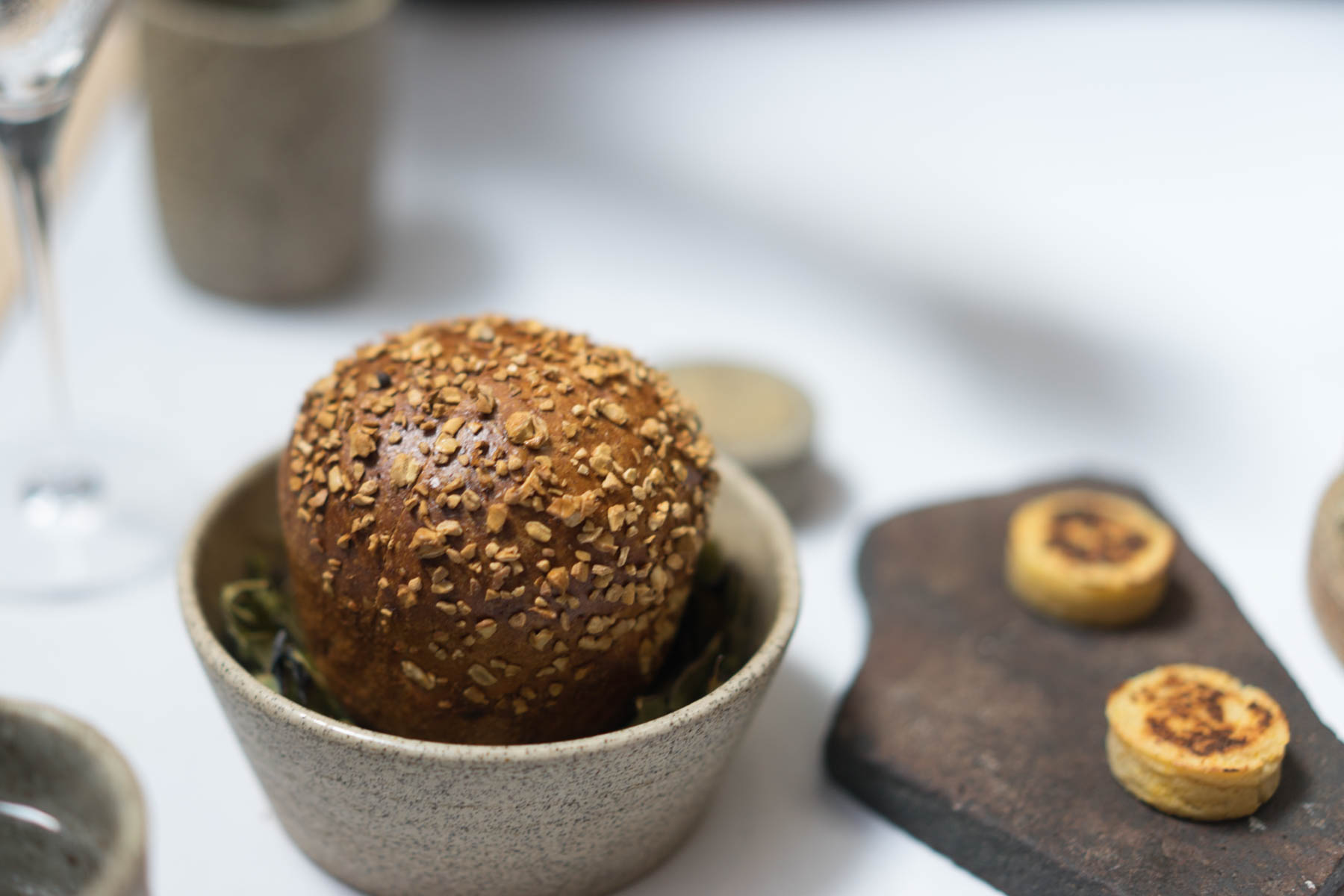 Getting higher, the “High Jungle” 1900M, the 7th course was 3 versions of “bread.” First, was a loaf of Macambo cacao bread in smoked coca leaves which has a flavor similar to green tea. Fun fact: the leaves of the coca plant contain alkaloids which—when extracted chemically—are the source for cocaine base. Coca is also a mild stimulant, suppresses hunger, alleviates pain, and is also used to treat altitude sickness.
Getting higher, the “High Jungle” 1900M, the 7th course was 3 versions of “bread.” First, was a loaf of Macambo cacao bread in smoked coca leaves which has a flavor similar to green tea. Fun fact: the leaves of the coca plant contain alkaloids which—when extracted chemically—are the source for cocaine base. Coca is also a mild stimulant, suppresses hunger, alleviates pain, and is also used to treat altitude sickness.
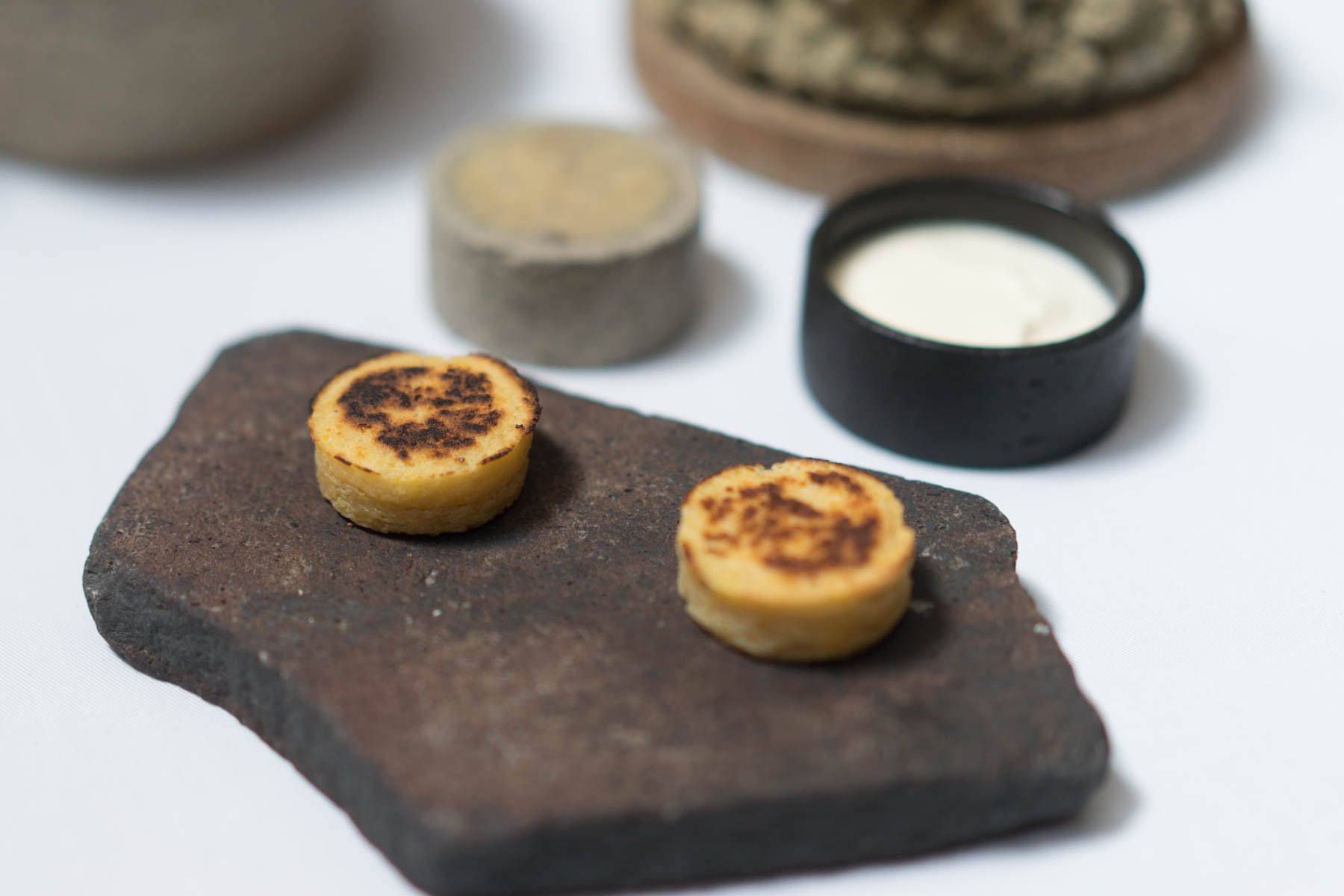 The second “bread” dish was mini caramelized cassava (starchy tuberous root) rounds.
The second “bread” dish was mini caramelized cassava (starchy tuberous root) rounds.
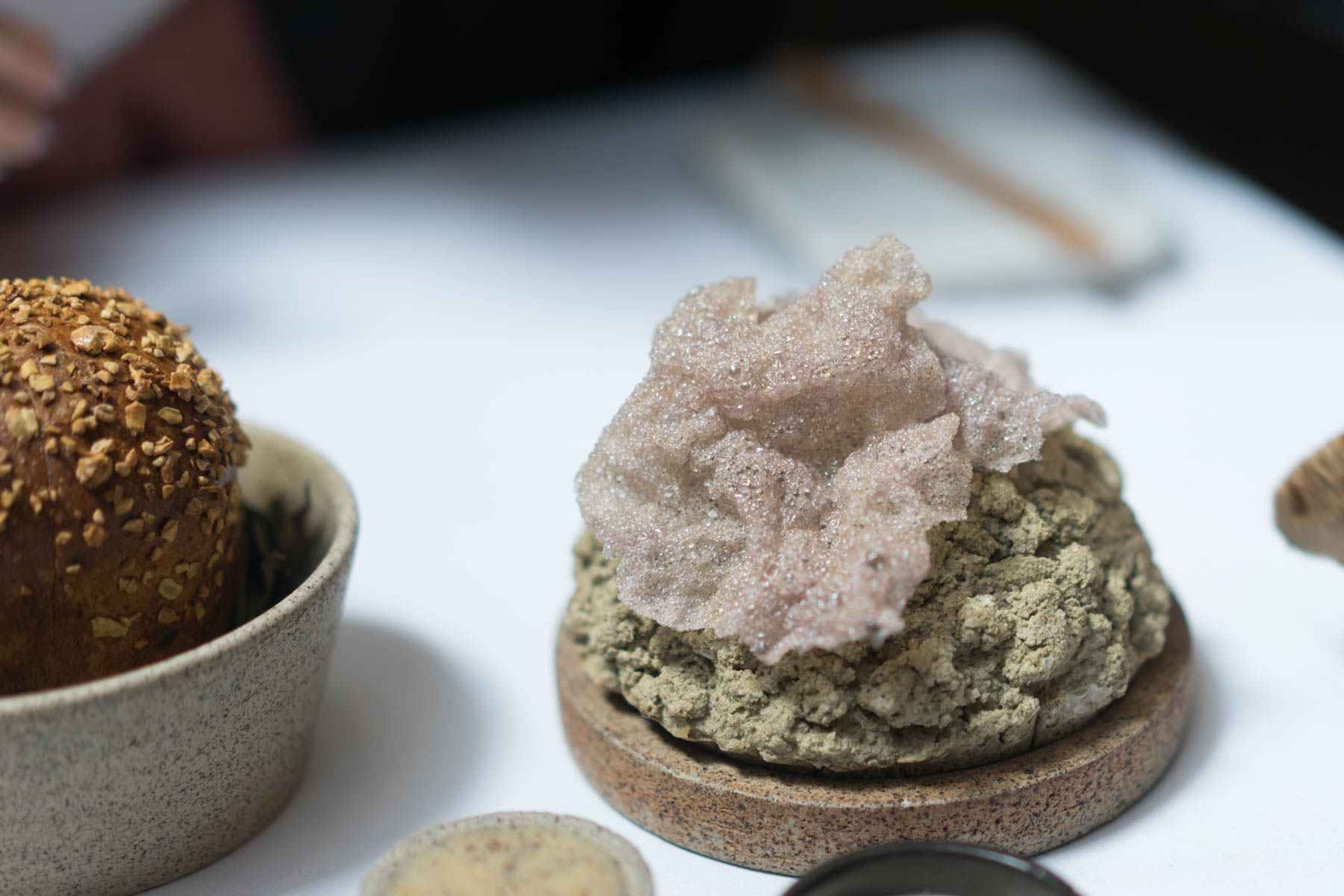 Lastly, air potato crips, light and airy yam-like crisps. The “bread” was served with a tart creamy cocona spread as well as a toasted butter seasoned with Maras salt.
Lastly, air potato crips, light and airy yam-like crisps. The “bread” was served with a tart creamy cocona spread as well as a toasted butter seasoned with Maras salt.
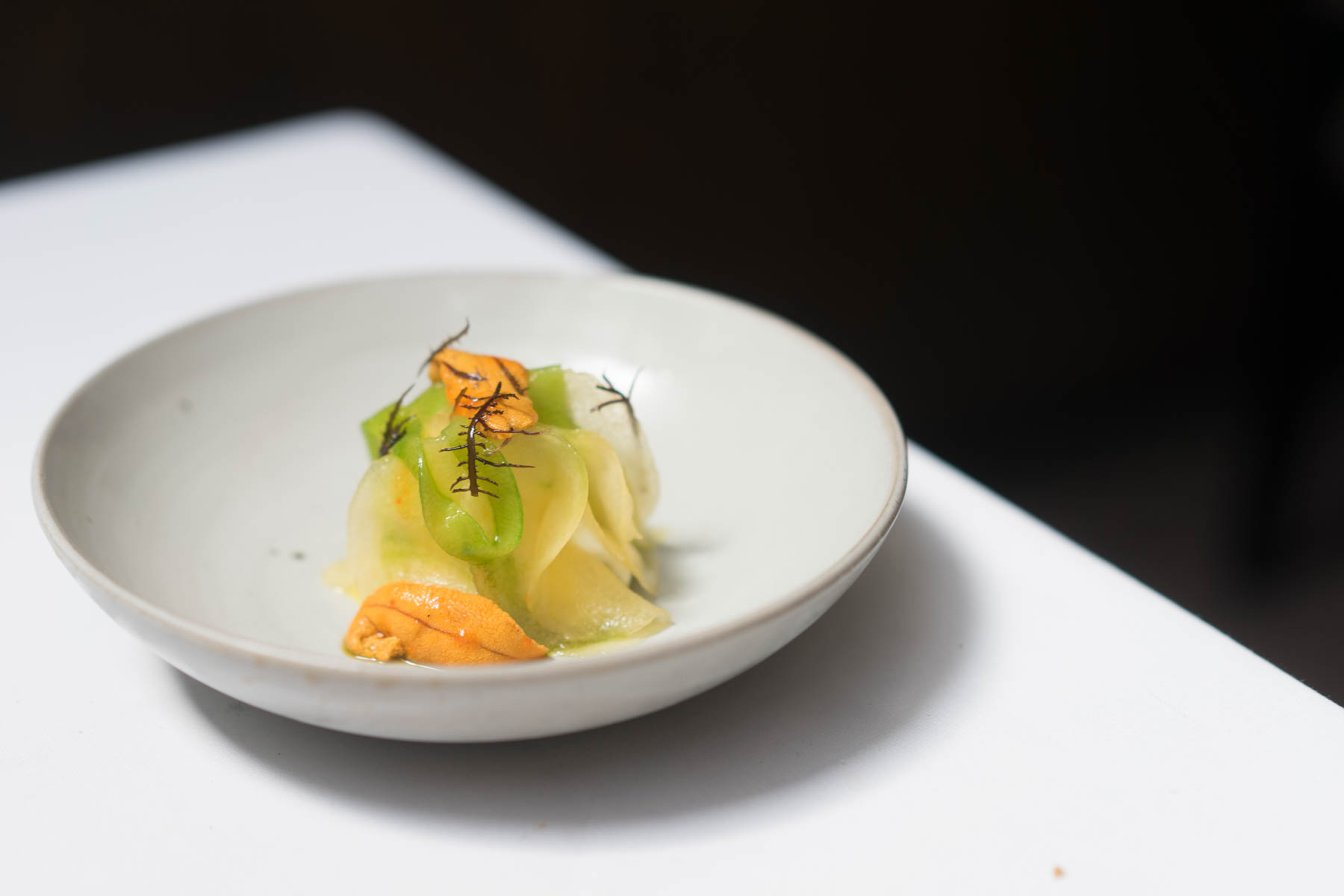 Heading back to the sea, the “Marine Soil” 0 meters was a more familiar dish which was also my favorite. Peruvian sea urchin with pepino melon, razor clam, and seaweed. The sea urchin was fresh and creamy paired perfectly with the sweet pepino melon which is also referred to as “pepino dulce” which translates to sweet cucumber. Pepino Melon is native to South America and tastes like a cross between honeydew and cucumber.
Heading back to the sea, the “Marine Soil” 0 meters was a more familiar dish which was also my favorite. Peruvian sea urchin with pepino melon, razor clam, and seaweed. The sea urchin was fresh and creamy paired perfectly with the sweet pepino melon which is also referred to as “pepino dulce” which translates to sweet cucumber. Pepino Melon is native to South America and tastes like a cross between honeydew and cucumber.
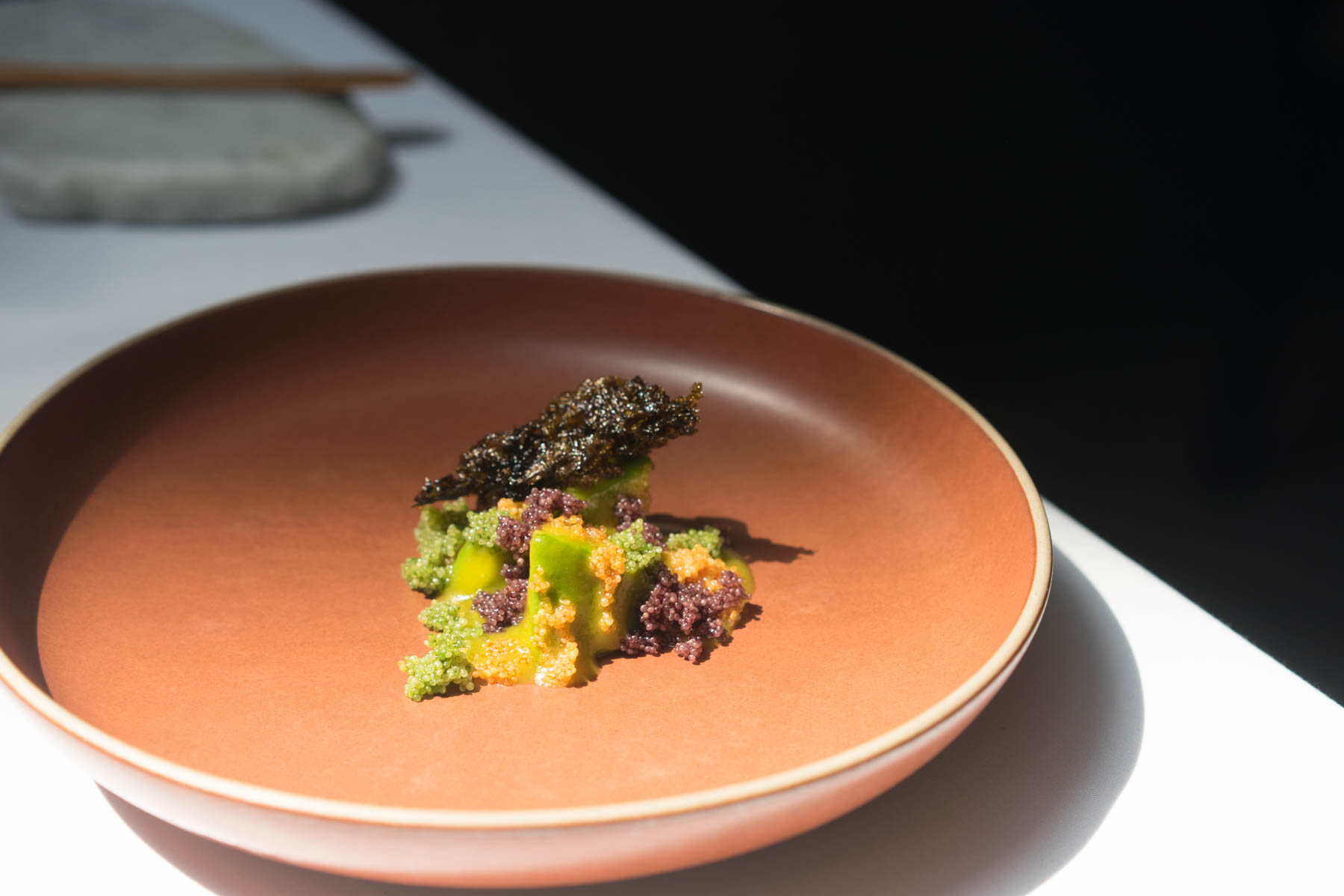 We go 0 to 1200M real quick with the 9th course – “Tree Points.” This dish consisted of perfectly ripe avocado, mashed arracacha (a root vegetable similar to a sweet potato), 3 types of kiwicha cereal, and lake algae seaweed. Kiwicha is considered Peru’s “super grain.” It’s a great plant-based protein source that is gluten-free and high amino acids, and can be easily absorbed by the body.
We go 0 to 1200M real quick with the 9th course – “Tree Points.” This dish consisted of perfectly ripe avocado, mashed arracacha (a root vegetable similar to a sweet potato), 3 types of kiwicha cereal, and lake algae seaweed. Kiwicha is considered Peru’s “super grain.” It’s a great plant-based protein source that is gluten-free and high amino acids, and can be easily absorbed by the body.
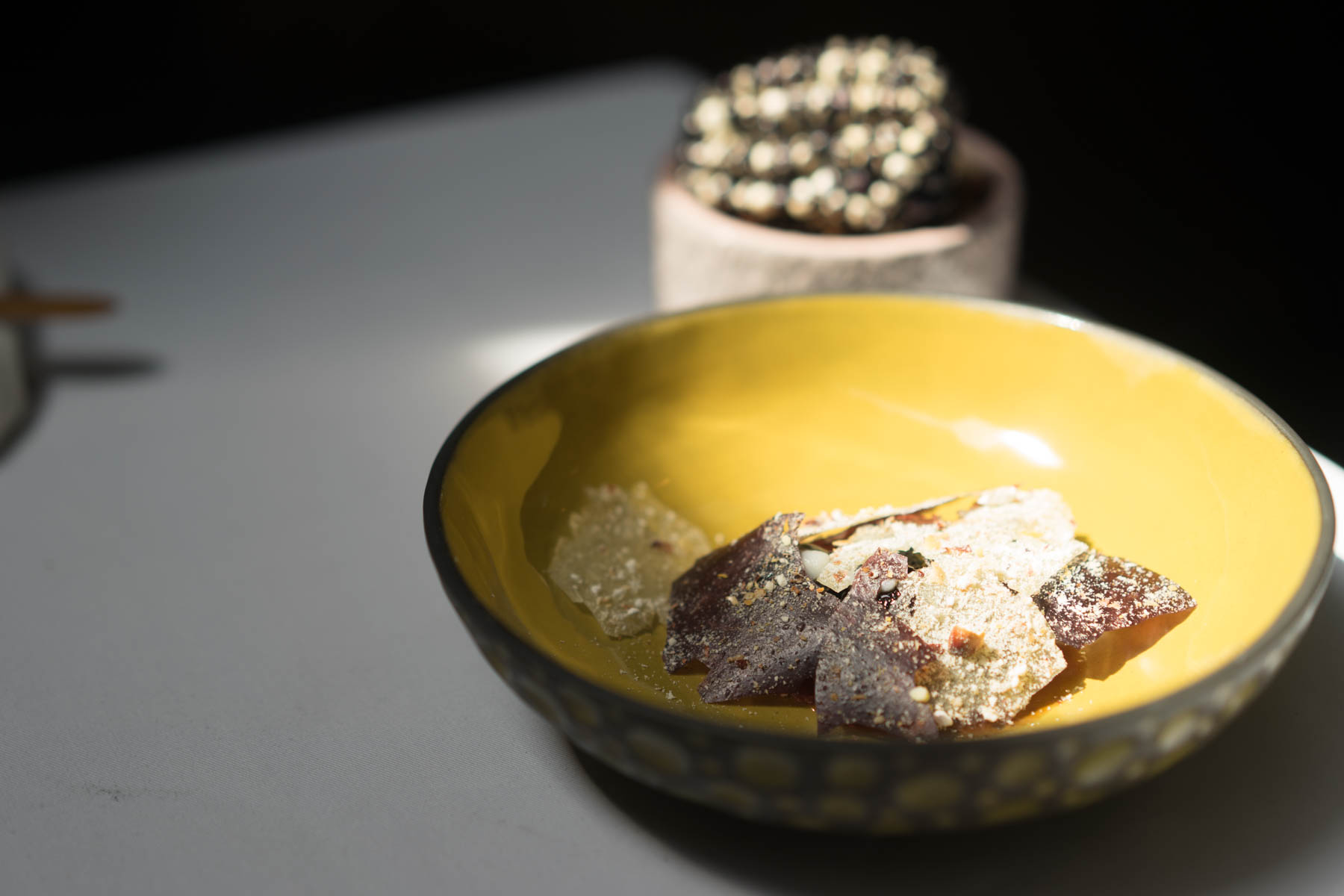 I corn’t even put into words how delicious this next dish was, “Land of Corn” at 2,010 meters. This dish was mad corny, but I corn’t stop thinking about it, made with multiple textures of different types of corn found in Peru including kculli, purple, chulpi, and piscorunto corn.
I corn’t even put into words how delicious this next dish was, “Land of Corn” at 2,010 meters. This dish was mad corny, but I corn’t stop thinking about it, made with multiple textures of different types of corn found in Peru including kculli, purple, chulpi, and piscorunto corn.
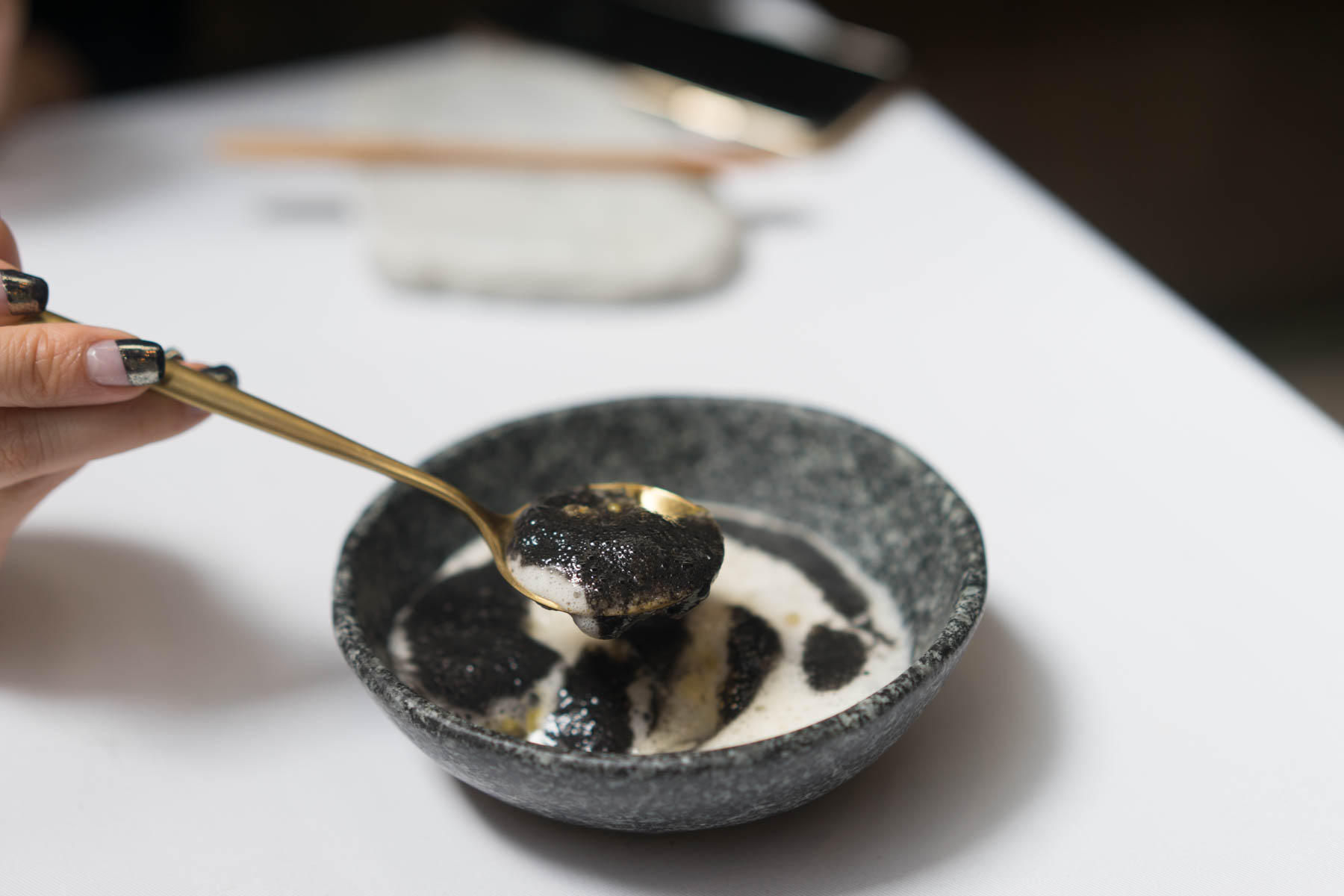 Next, we explored the “Amazonian Plain” at 600 meters. This frothy monochromatic broth was made of churo sea snails, cecina (cured meat), roasted black chili pepper, and bellaco (a type of Peruvian plantain/
Next, we explored the “Amazonian Plain” at 600 meters. This frothy monochromatic broth was made of churo sea snails, cecina (cured meat), roasted black chili pepper, and bellaco (a type of Peruvian plantain/
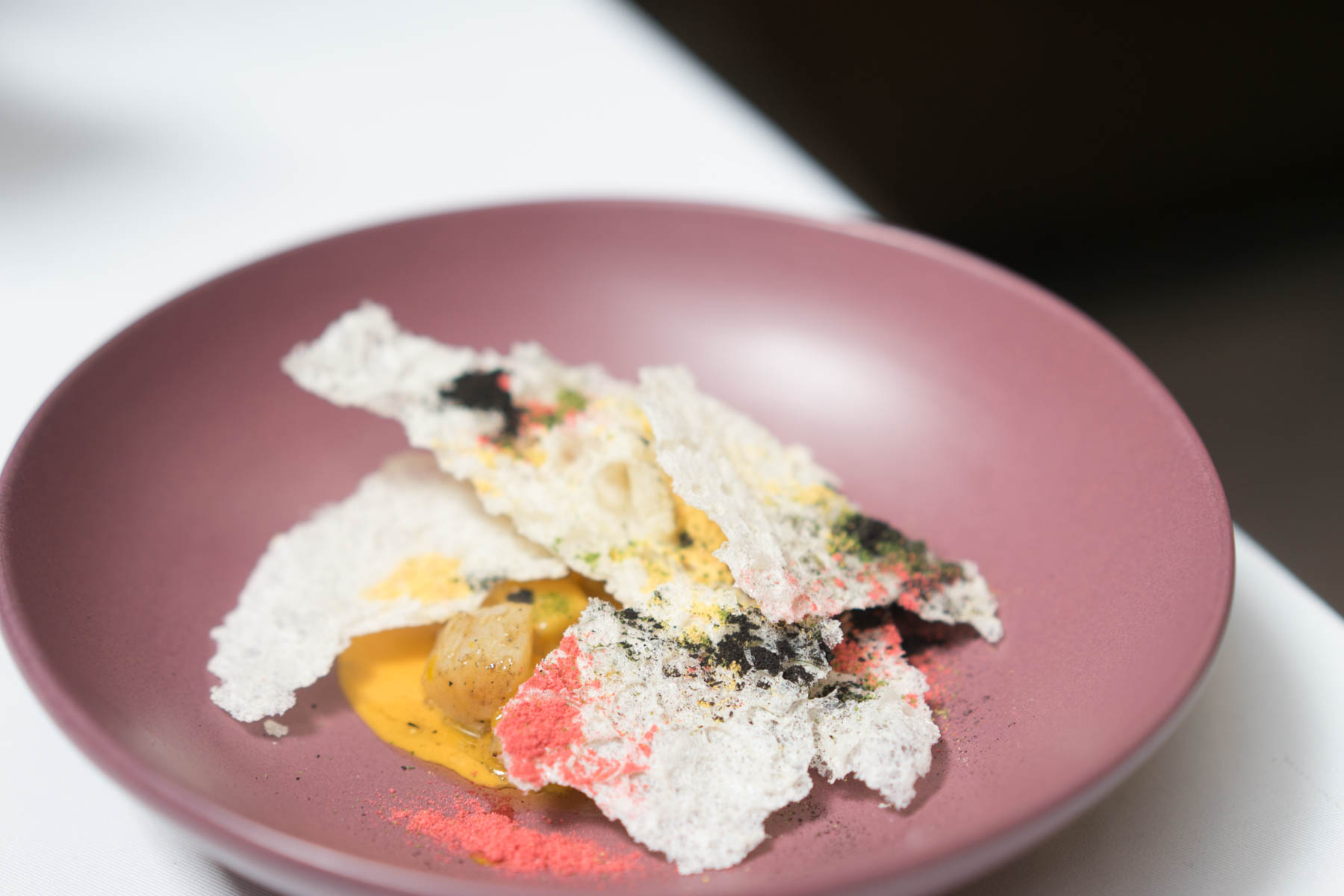 Coasting at 20 meters, the next course presented was the “Coastal Harvest,” fresh Peruvian scallops in a yellow chili pepper sauce with tumbo (also referred to as a banana passionfruit) topped with airy dehydrated milk crisps.
Coasting at 20 meters, the next course presented was the “Coastal Harvest,” fresh Peruvian scallops in a yellow chili pepper sauce with tumbo (also referred to as a banana passionfruit) topped with airy dehydrated milk crisps.
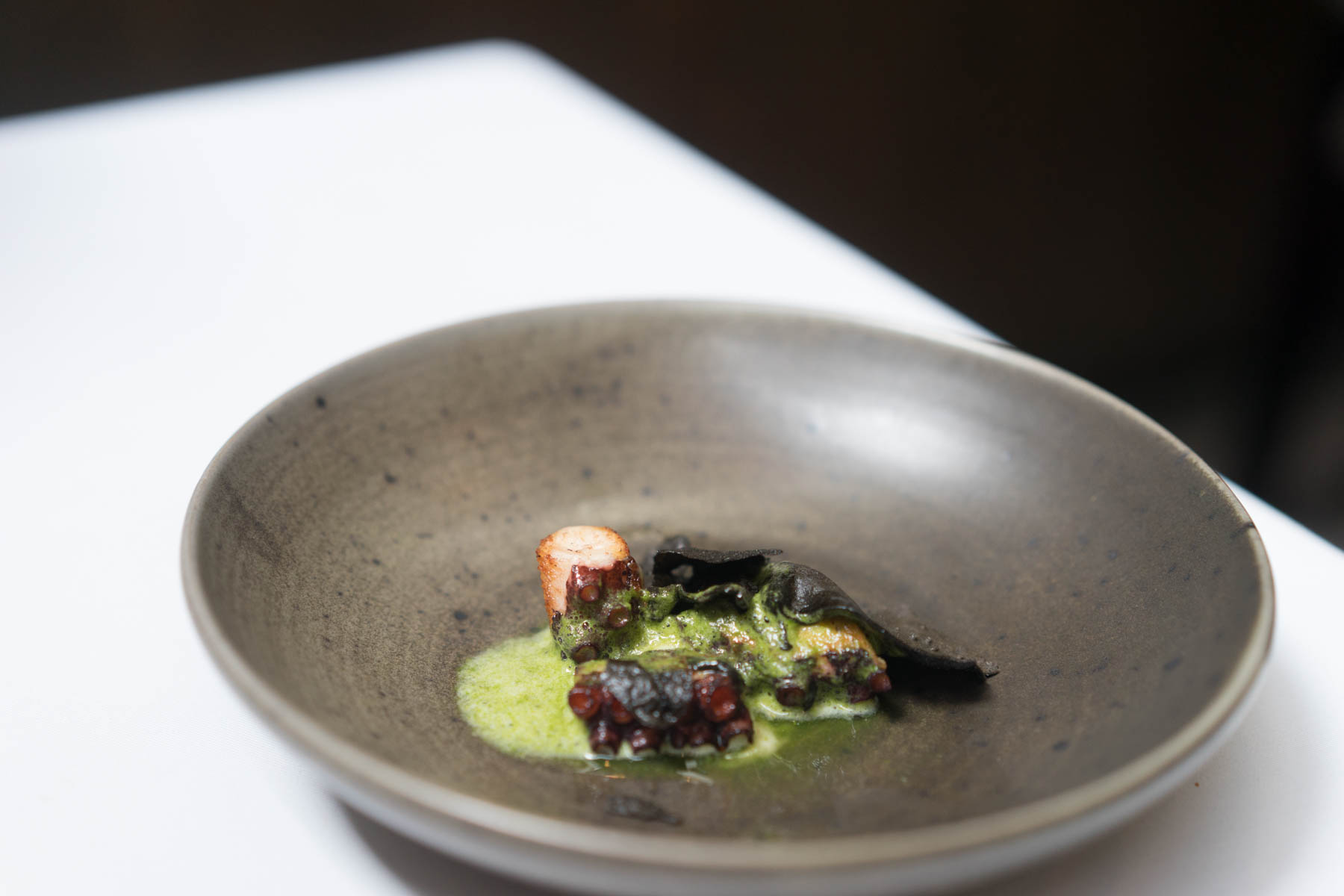 Staying by the sea at 10 meters, the “Sea Coral” was up next starring tender pieces of octopus with a light frothy crab foam, dehydrated squid ink, and a green sea lettuce algae sauce.
Staying by the sea at 10 meters, the “Sea Coral” was up next starring tender pieces of octopus with a light frothy crab foam, dehydrated squid ink, and a green sea lettuce algae sauce.
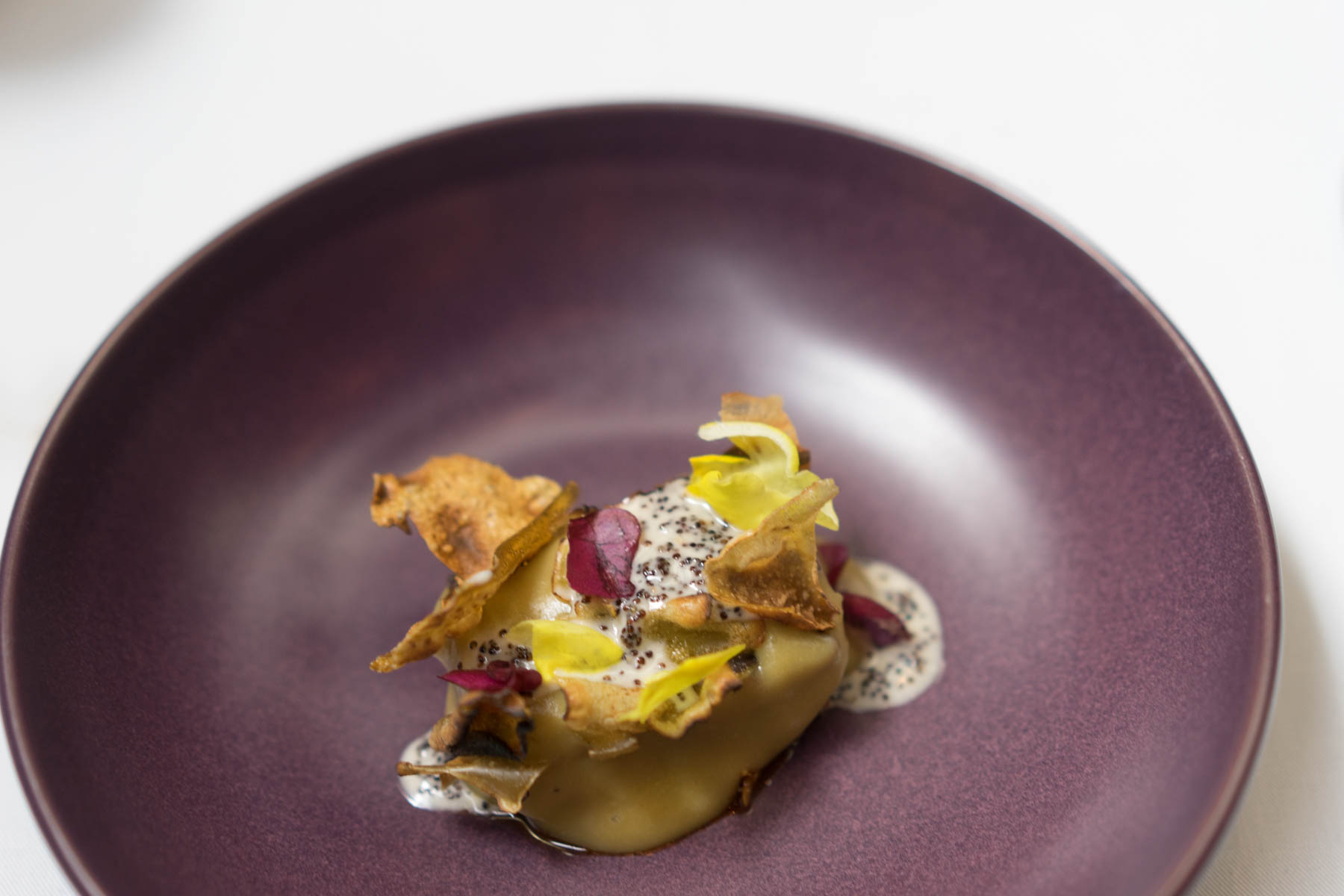 We reach the highest point at 4,100 meterswhich also happens to be the final main course, “High Andes Mountains.” Pork belly was the main component of this dish accompanied by mashed yellow mashwa (root vegetable similar to sweet potato), yellow mashwa crisps, and kañiwa grains (another type of super grain similar to quinoa).
We reach the highest point at 4,100 meterswhich also happens to be the final main course, “High Andes Mountains.” Pork belly was the main component of this dish accompanied by mashed yellow mashwa (root vegetable similar to sweet potato), yellow mashwa crisps, and kañiwa grains (another type of super grain similar to quinoa).
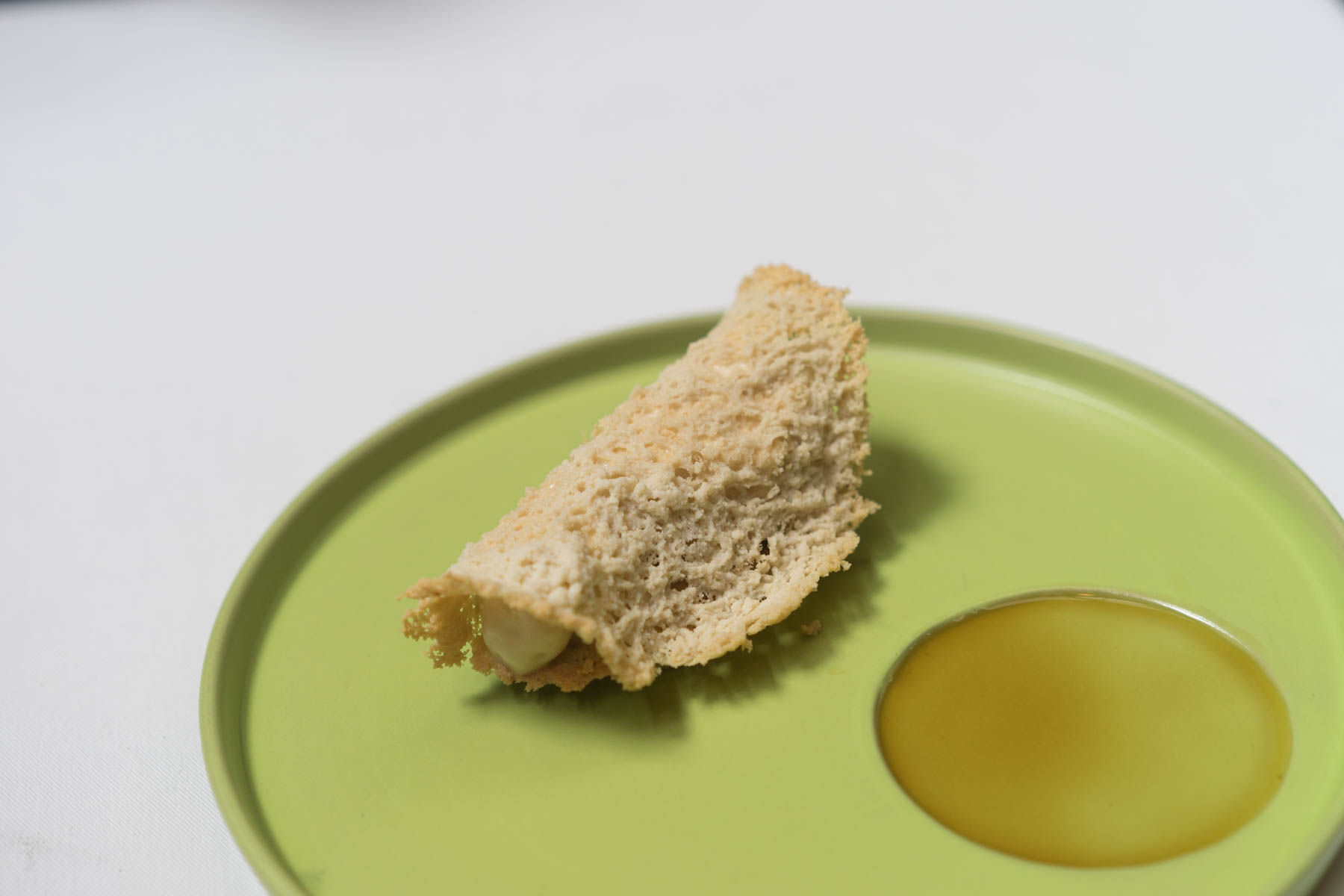 Moving onto desserts, we started with “Amazonian White” at 400 meters. This dessert was very light and not too sweet made of a yacón (aka Peruvian ground apple – very similar to jicama), coconut, and wrinkled lemon. I wish it had more of that wrinkled lemon.
Moving onto desserts, we started with “Amazonian White” at 400 meters. This dessert was very light and not too sweet made of a yacón (aka Peruvian ground apple – very similar to jicama), coconut, and wrinkled lemon. I wish it had more of that wrinkled lemon.
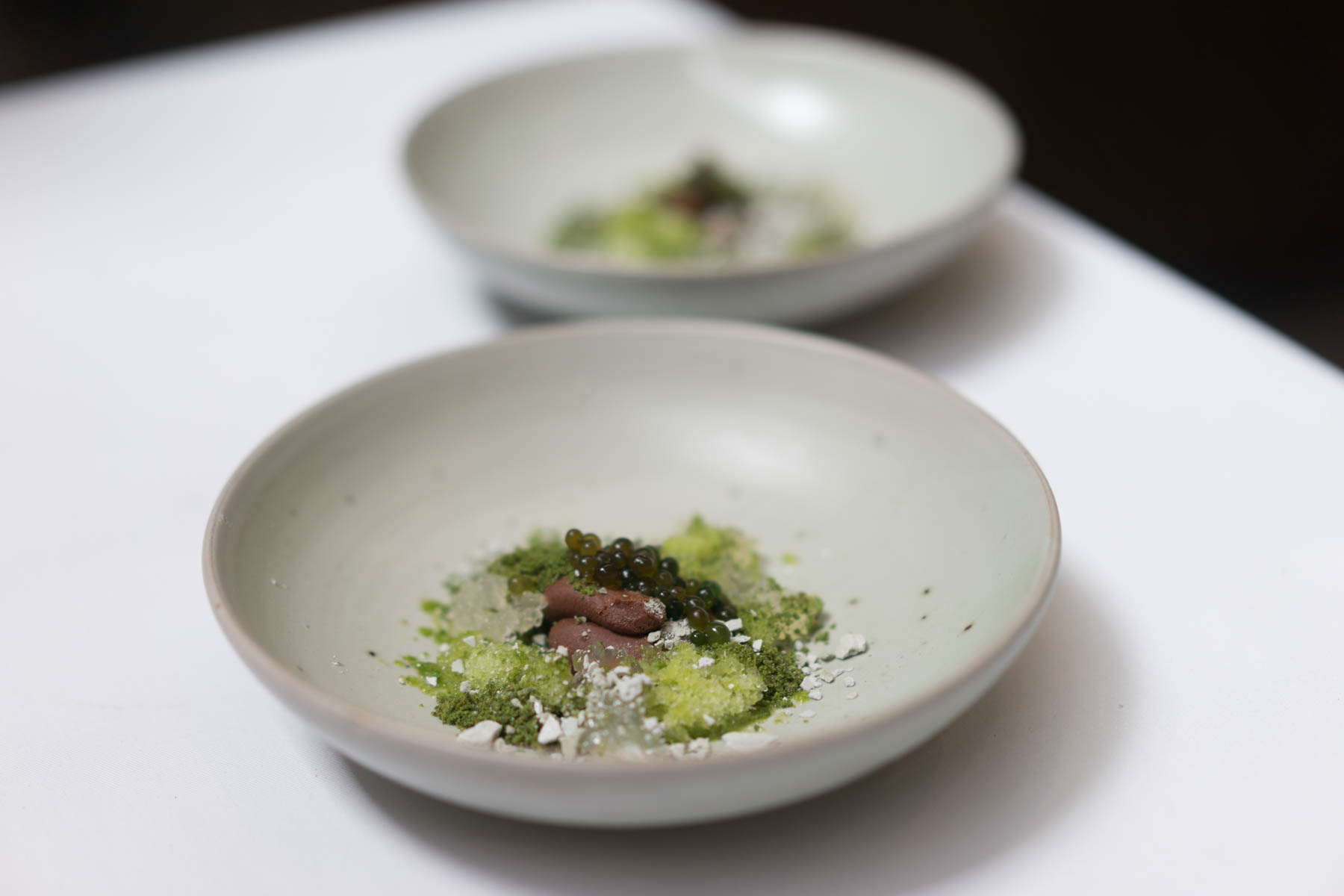 The second dessert, “Lower Andes” 2,750 meters, was made with cacao, edible chaco clay, cushuro (algae), and muña (mint). This was a hard miss for me and didn’t really look, taste, or feel like dessert. It literally tasted like clay, algae, and mint. All the desserts were underwhelming compared to the rest of the courses.
The second dessert, “Lower Andes” 2,750 meters, was made with cacao, edible chaco clay, cushuro (algae), and muña (mint). This was a hard miss for me and didn’t really look, taste, or feel like dessert. It literally tasted like clay, algae, and mint. All the desserts were underwhelming compared to the rest of the courses.
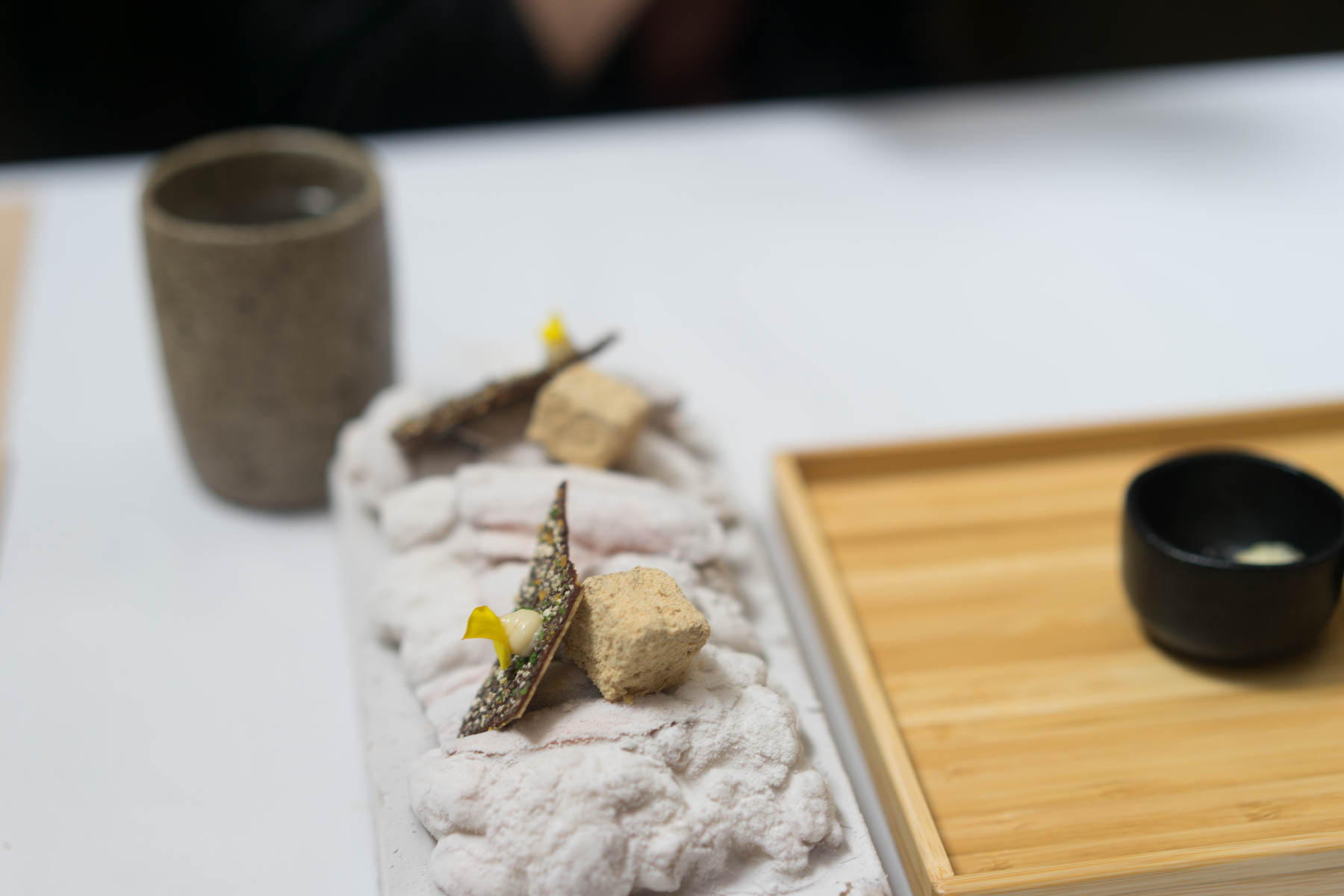 Lastly, we finished our meal with “Medicinals & Plant Dyes” 3,050 meters, Central’s version of petit fours. First, crispy cacao crisps, followed by lemon meringue bites, and a shot of congona (a digestive herb) infusion.
Lastly, we finished our meal with “Medicinals & Plant Dyes” 3,050 meters, Central’s version of petit fours. First, crispy cacao crisps, followed by lemon meringue bites, and a shot of congona (a digestive herb) infusion.
Calle Santa Isabel 376, Miraflores, Lima 15074, Peru
w: centralrestaurante.com.pe
p: +51 1 2428515

